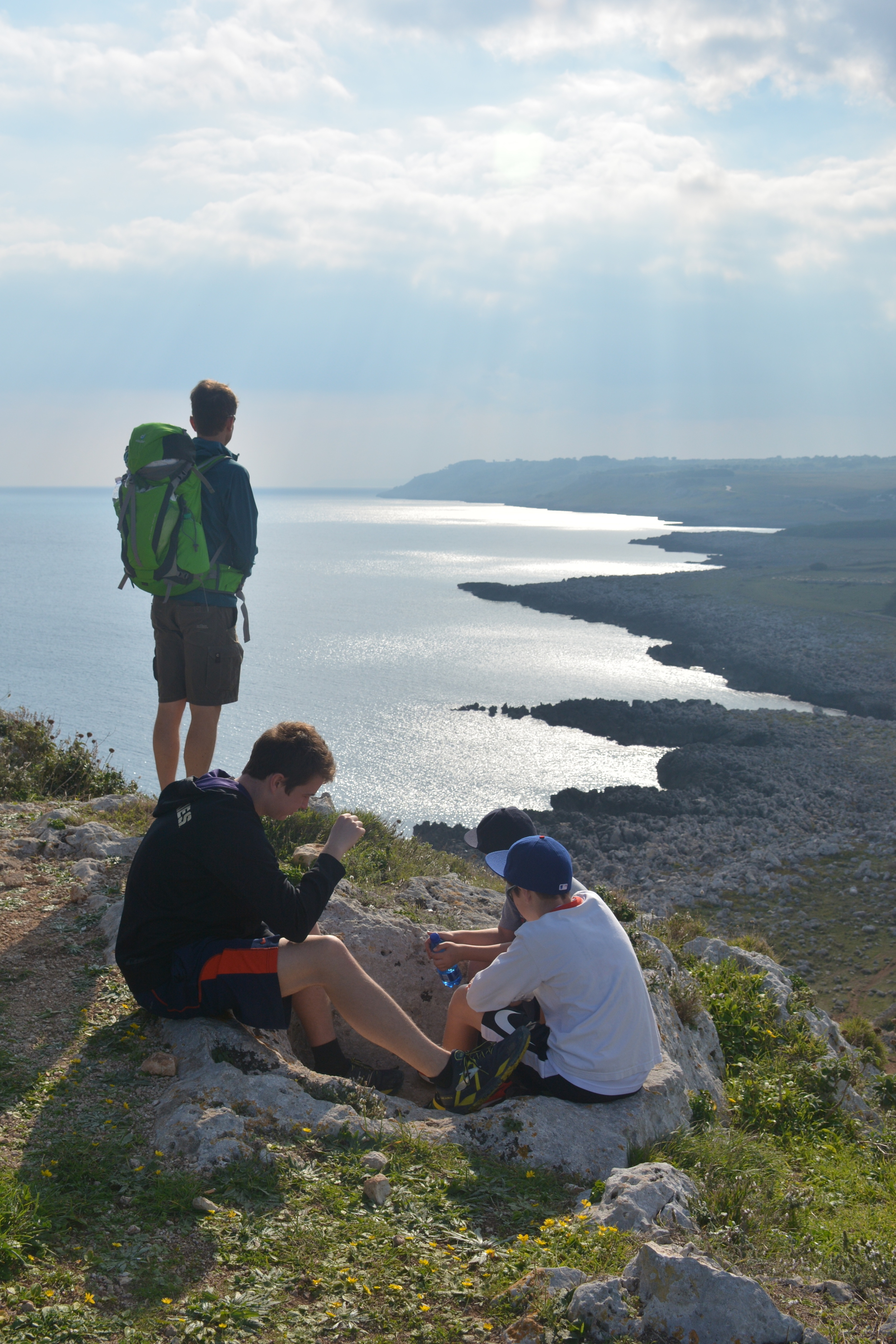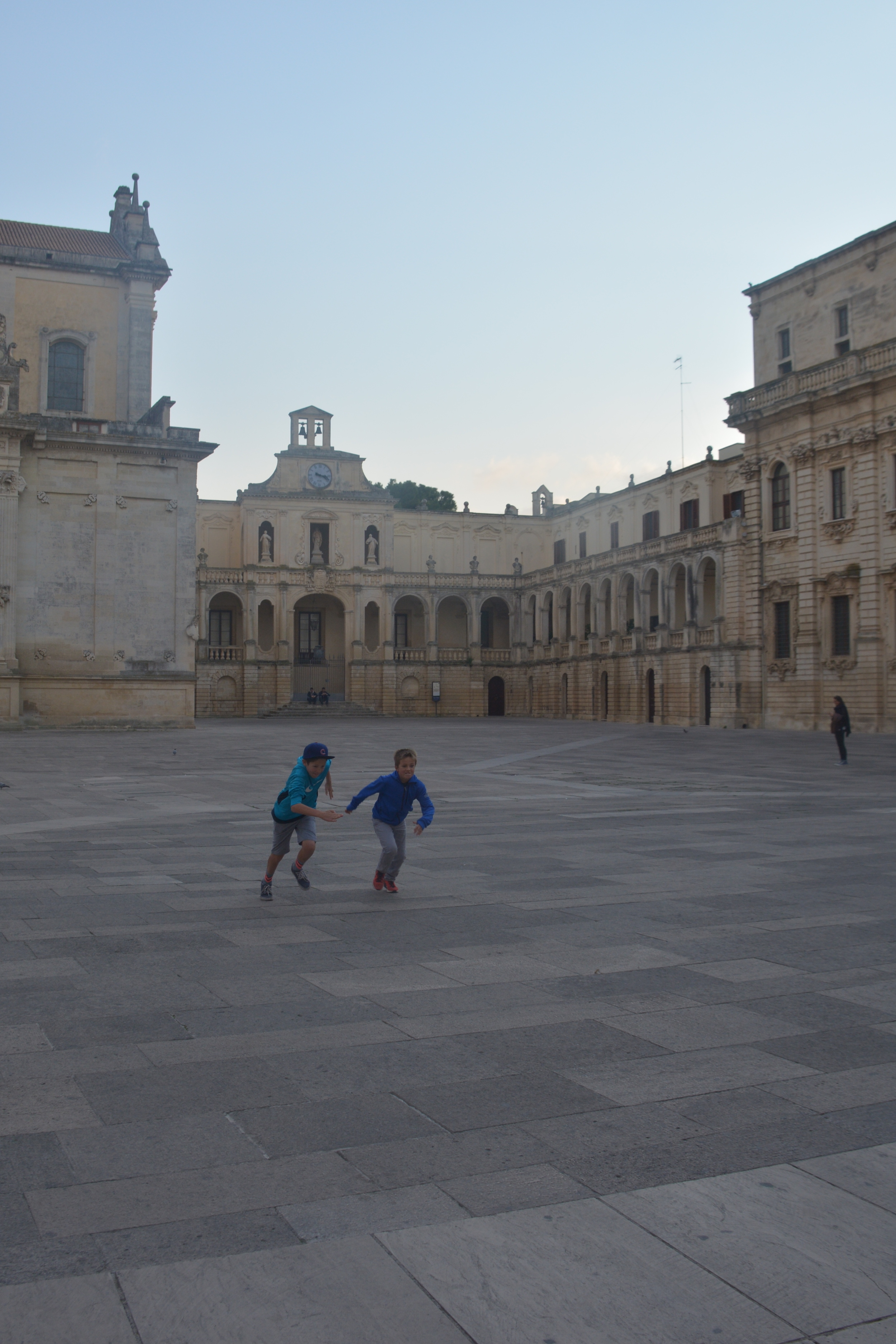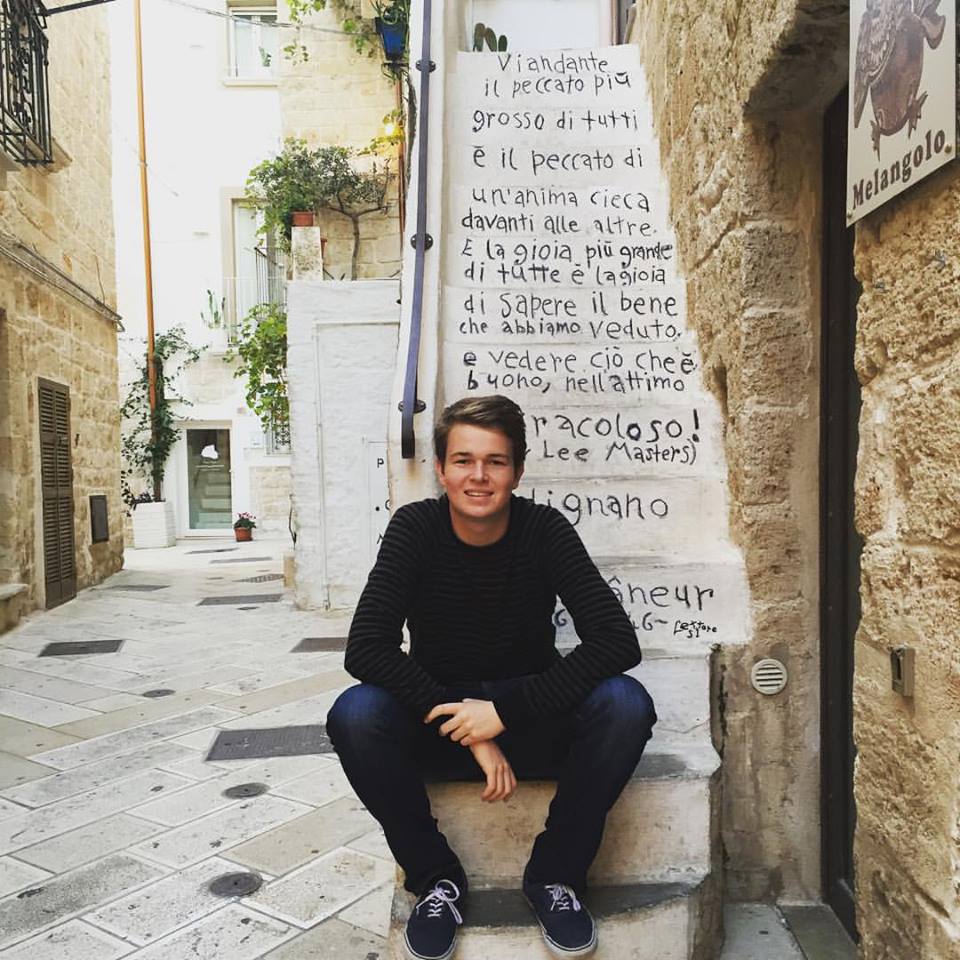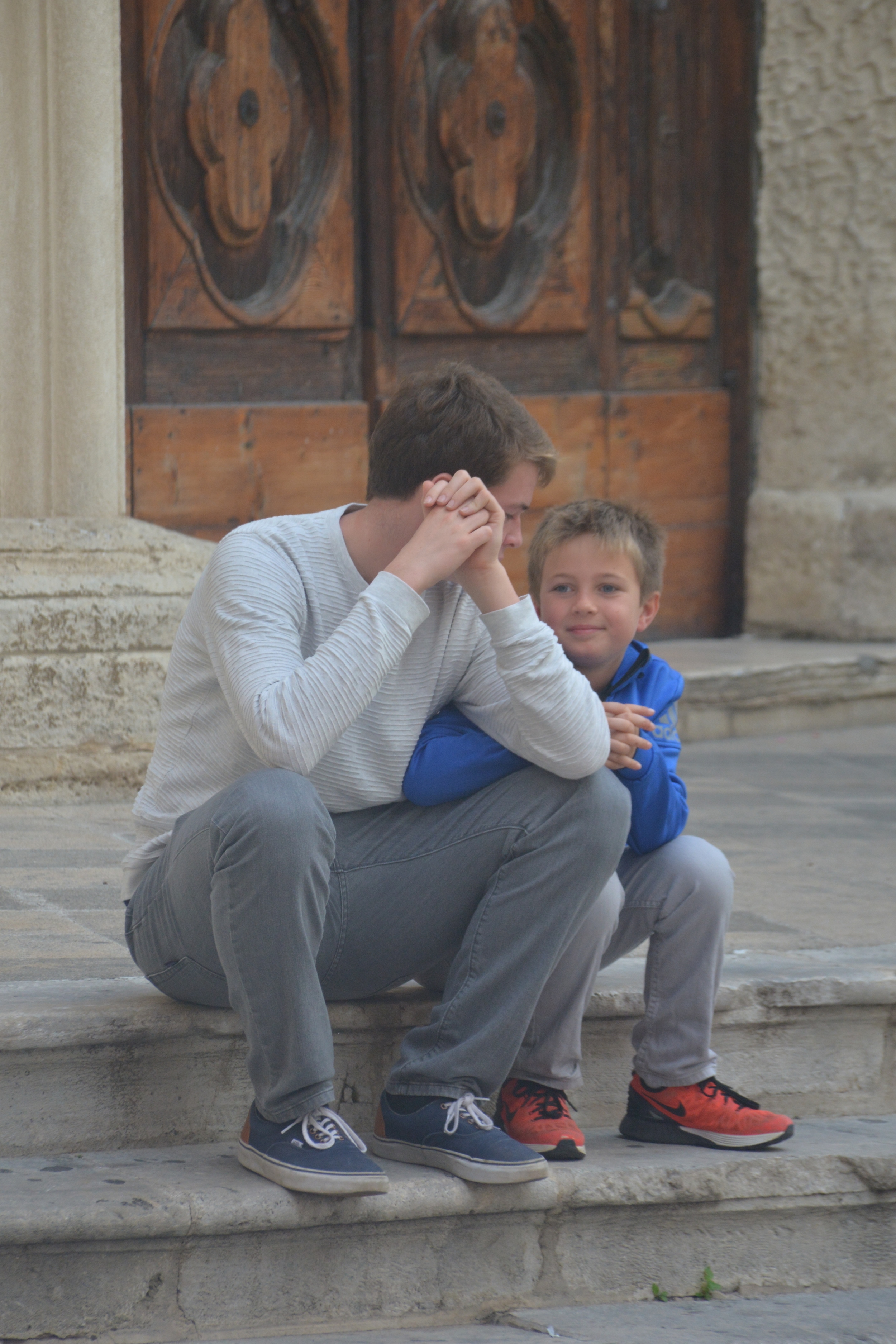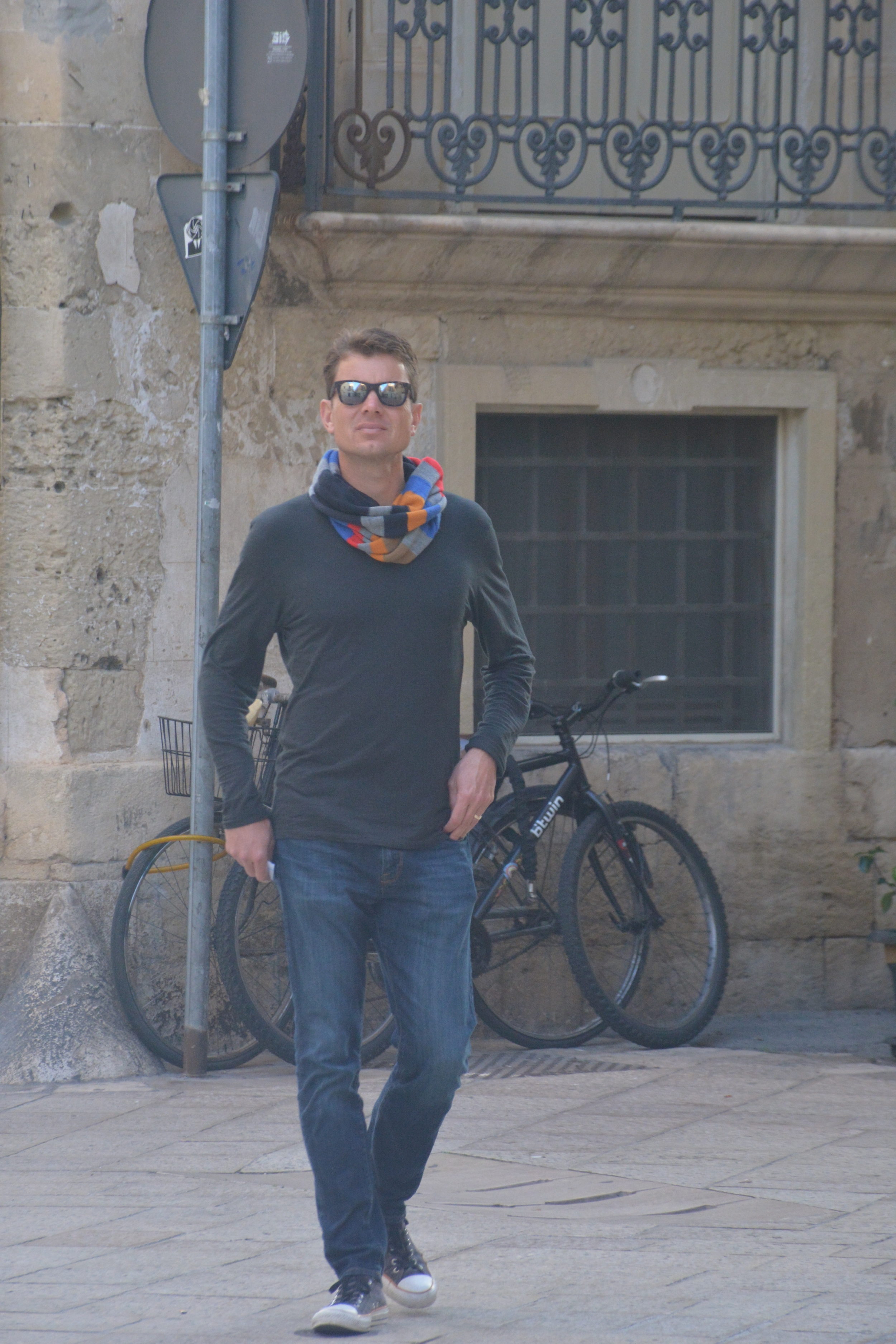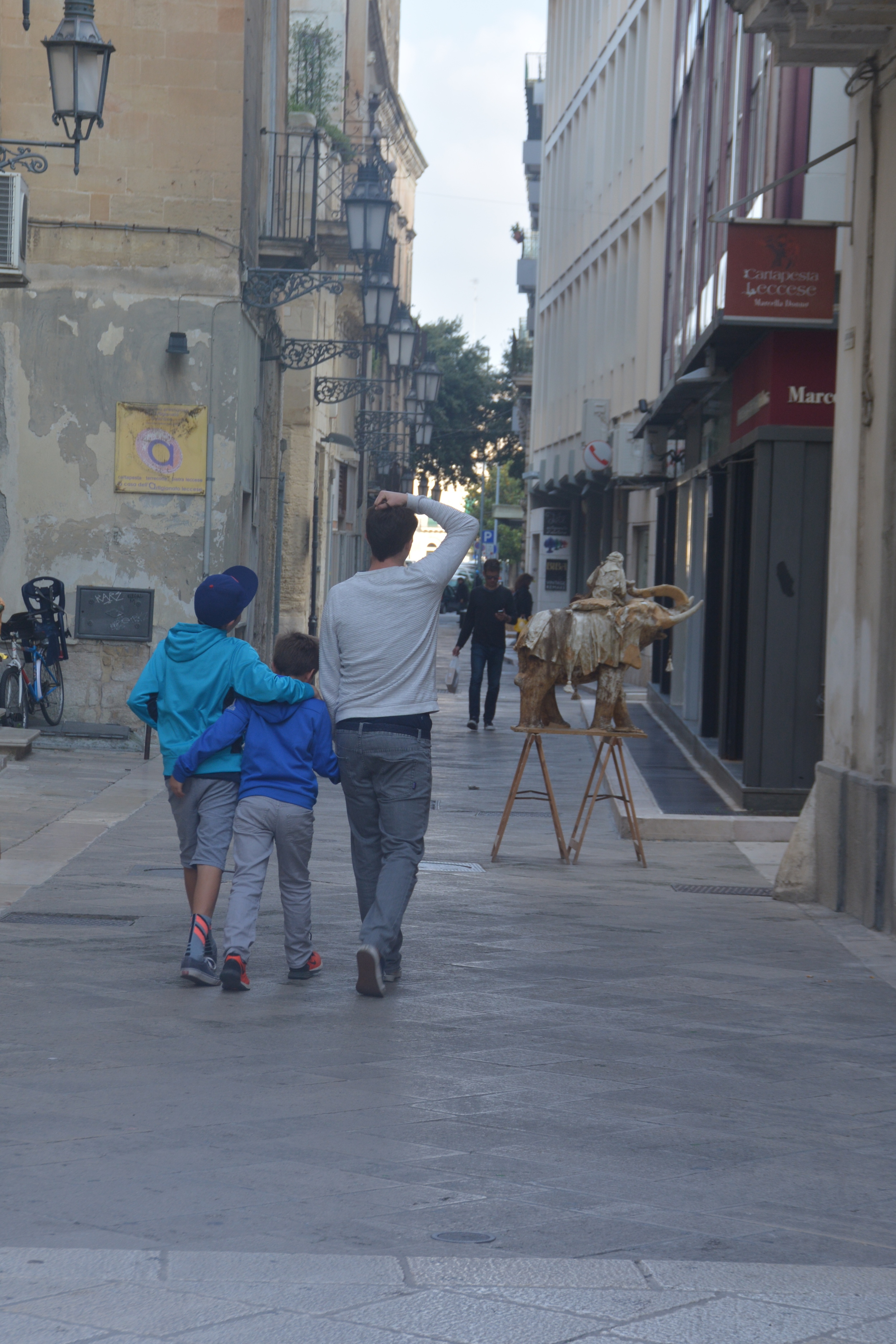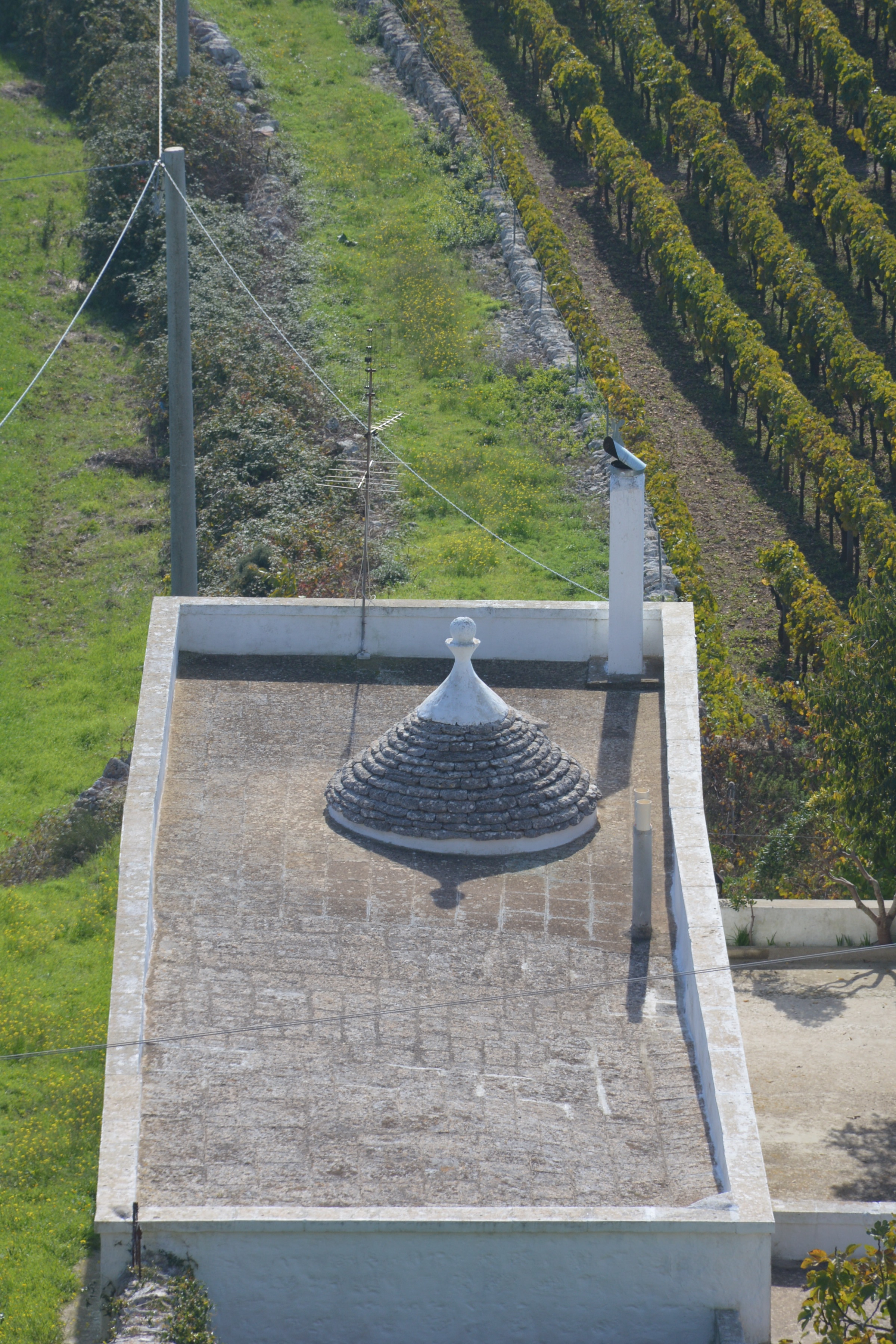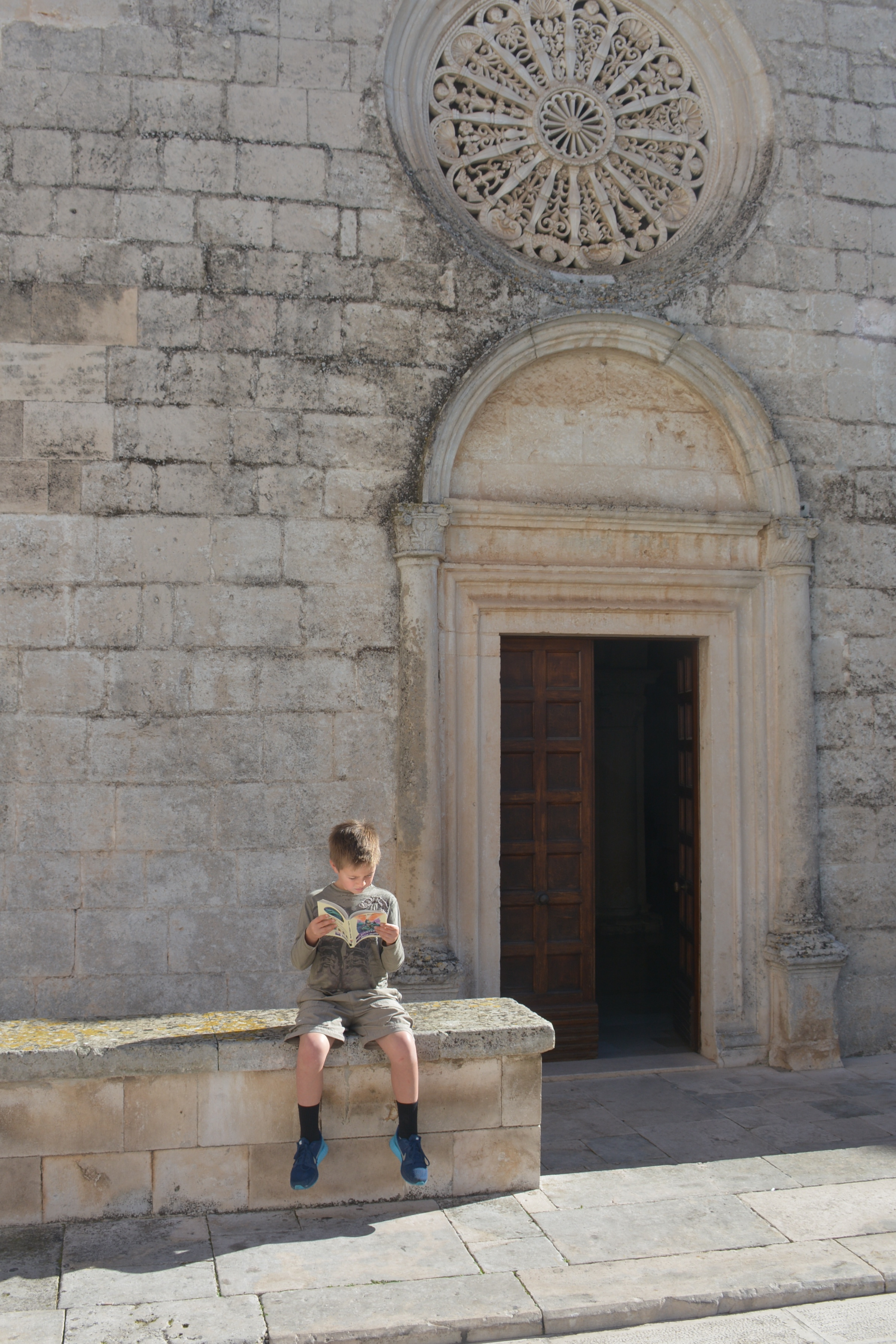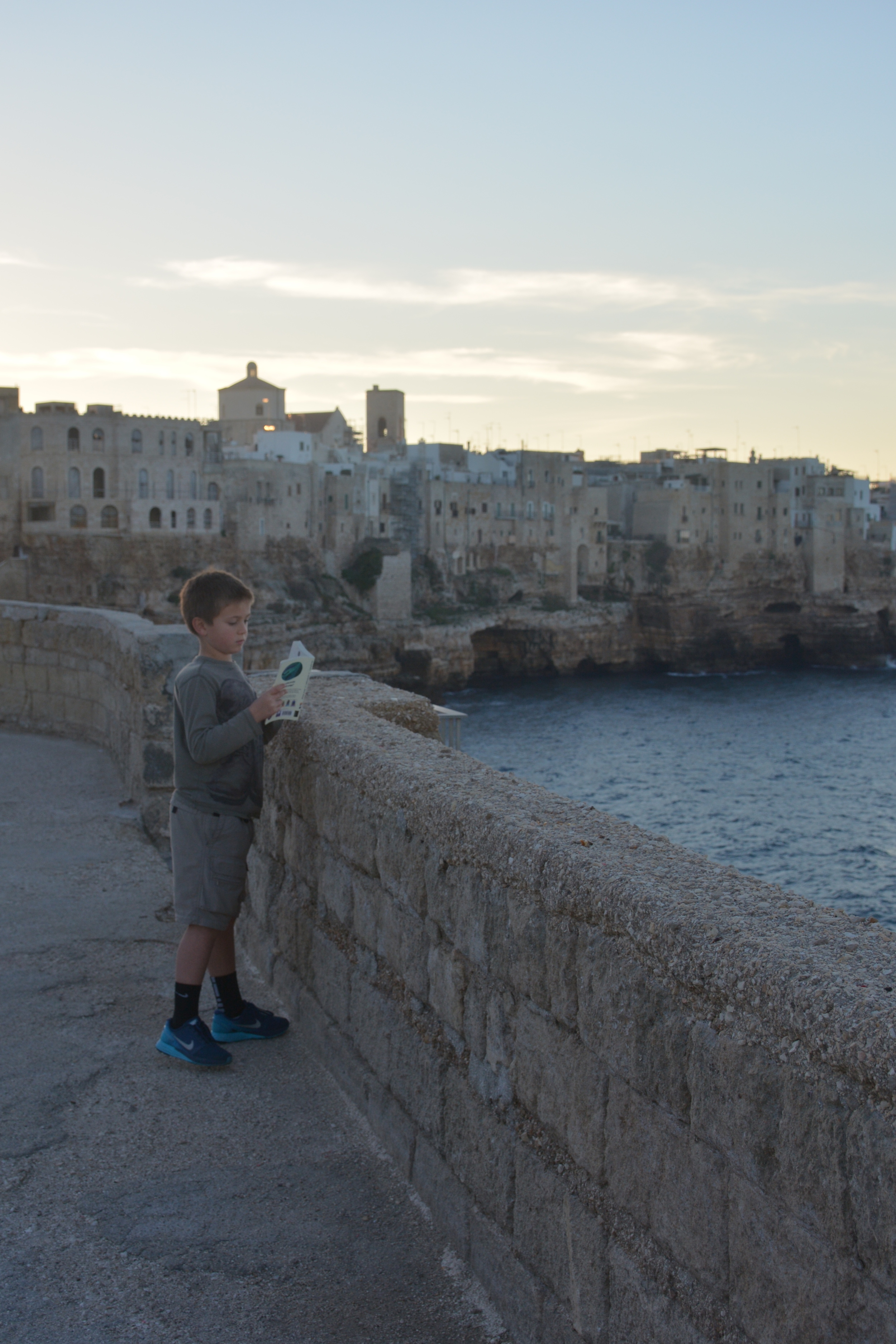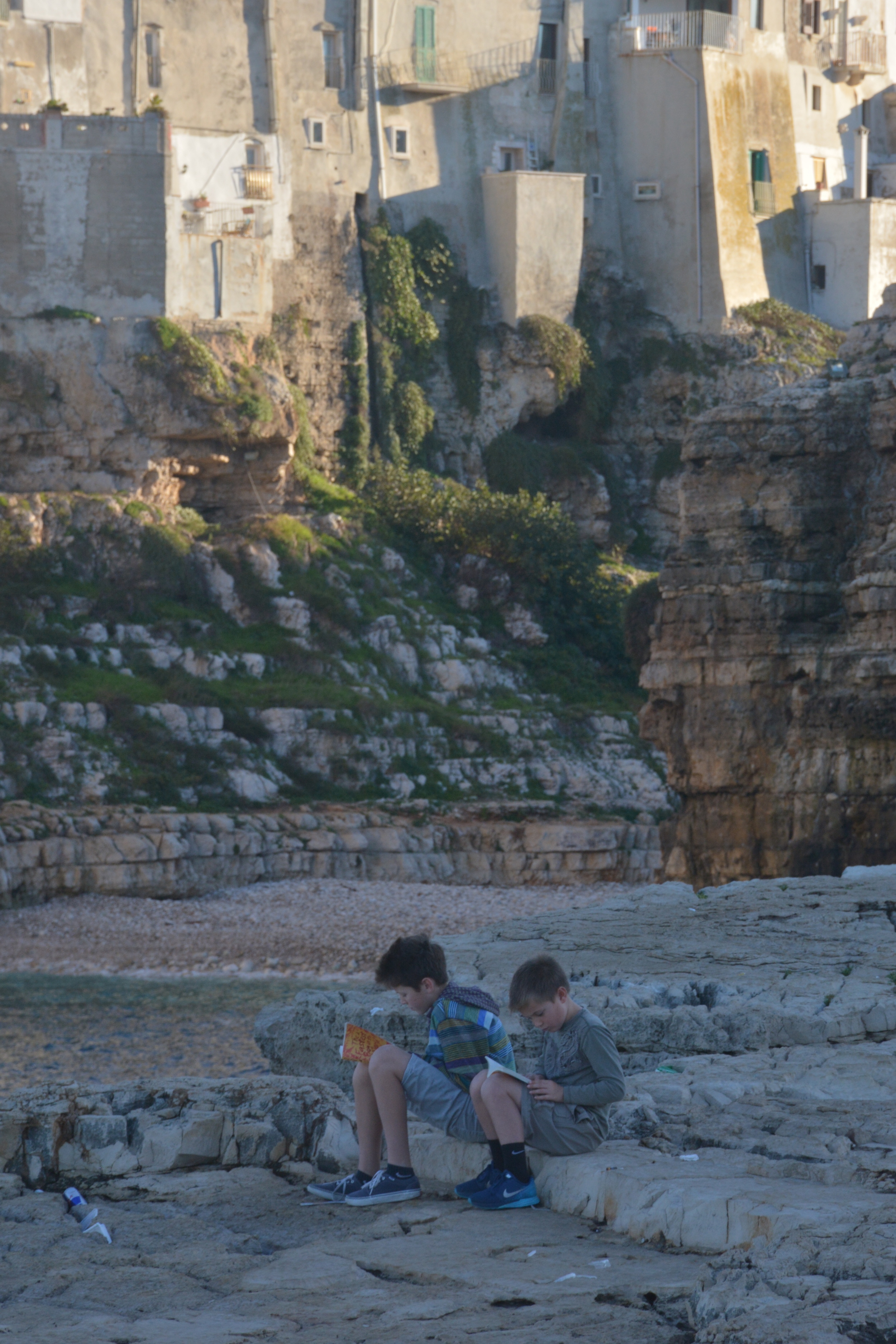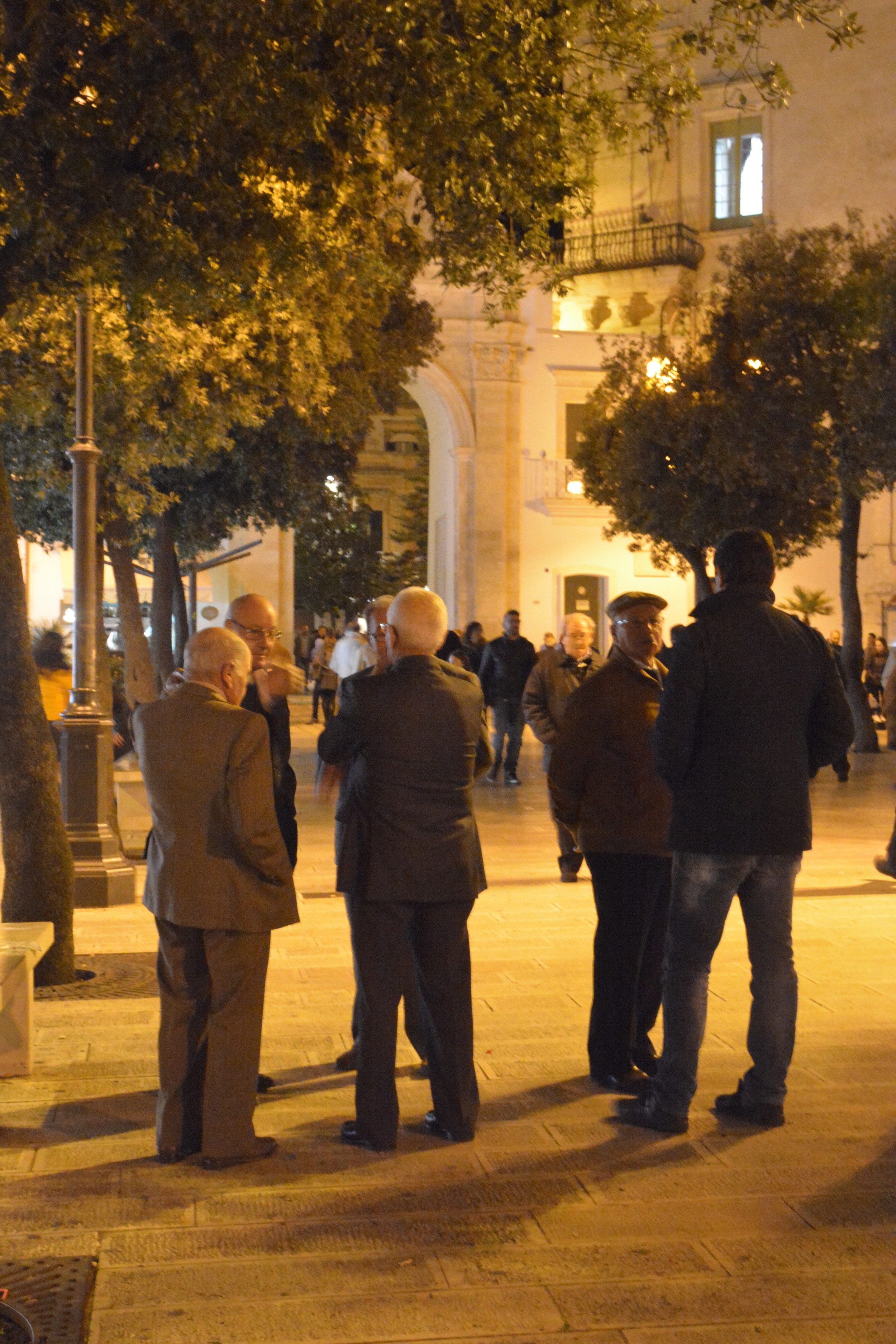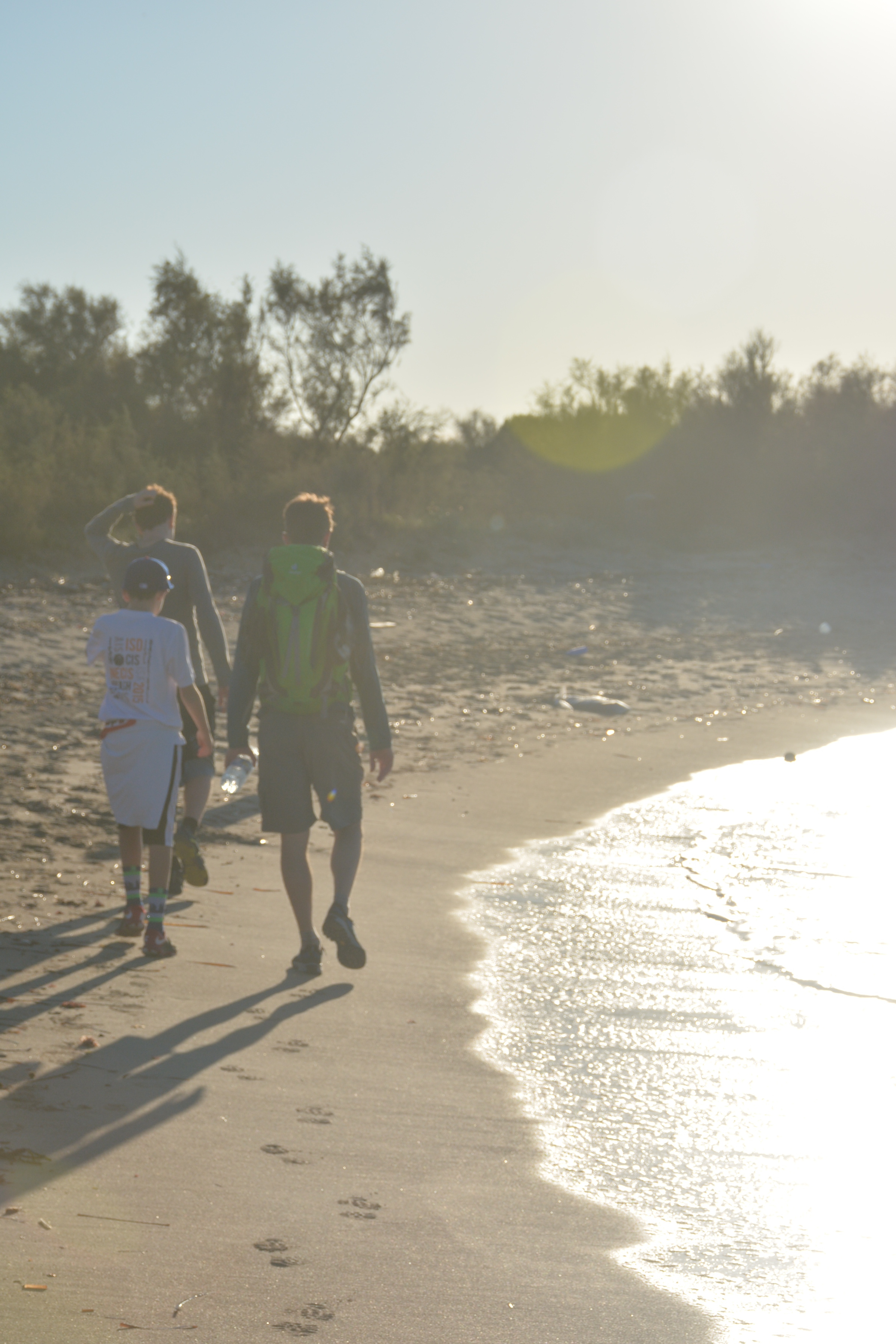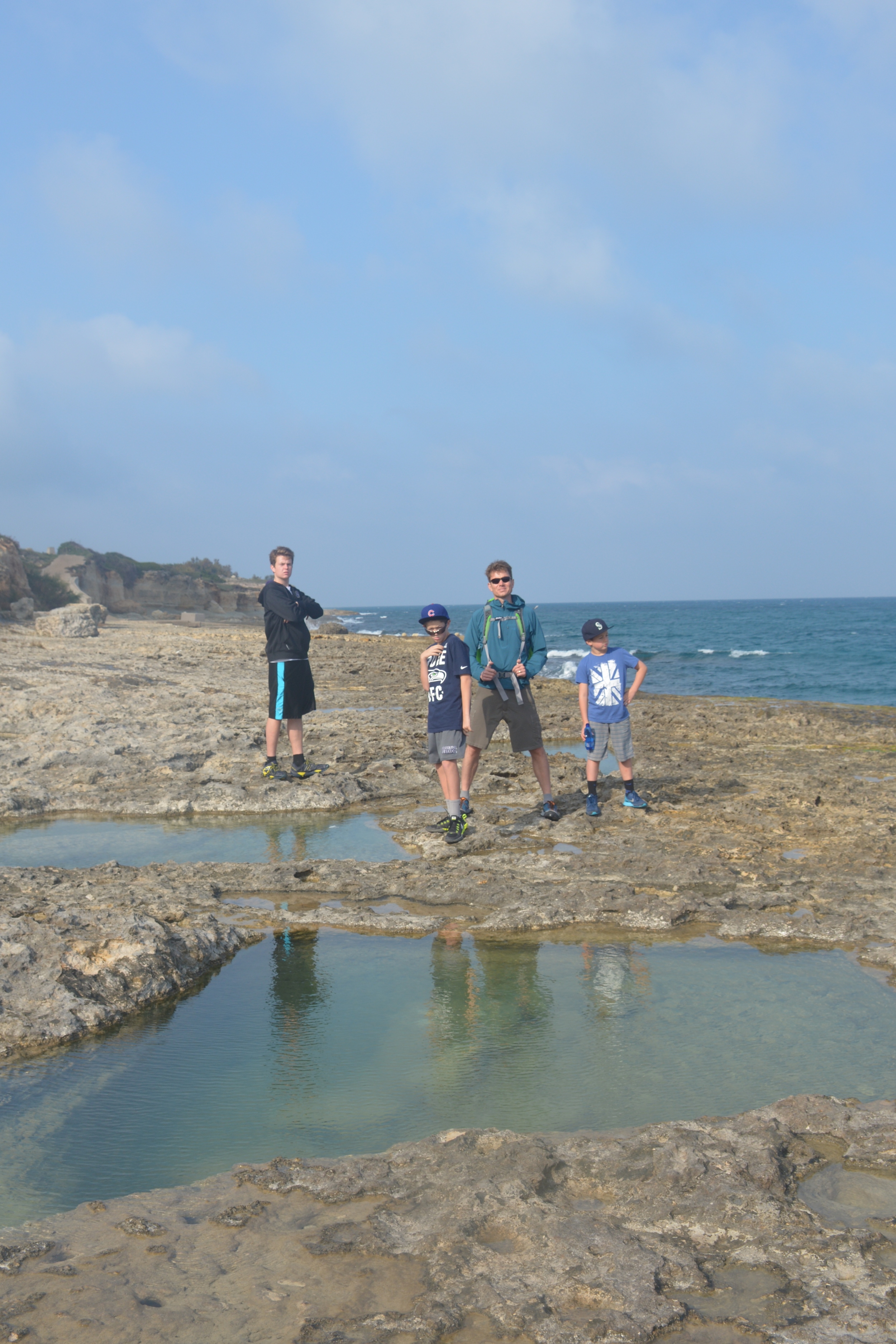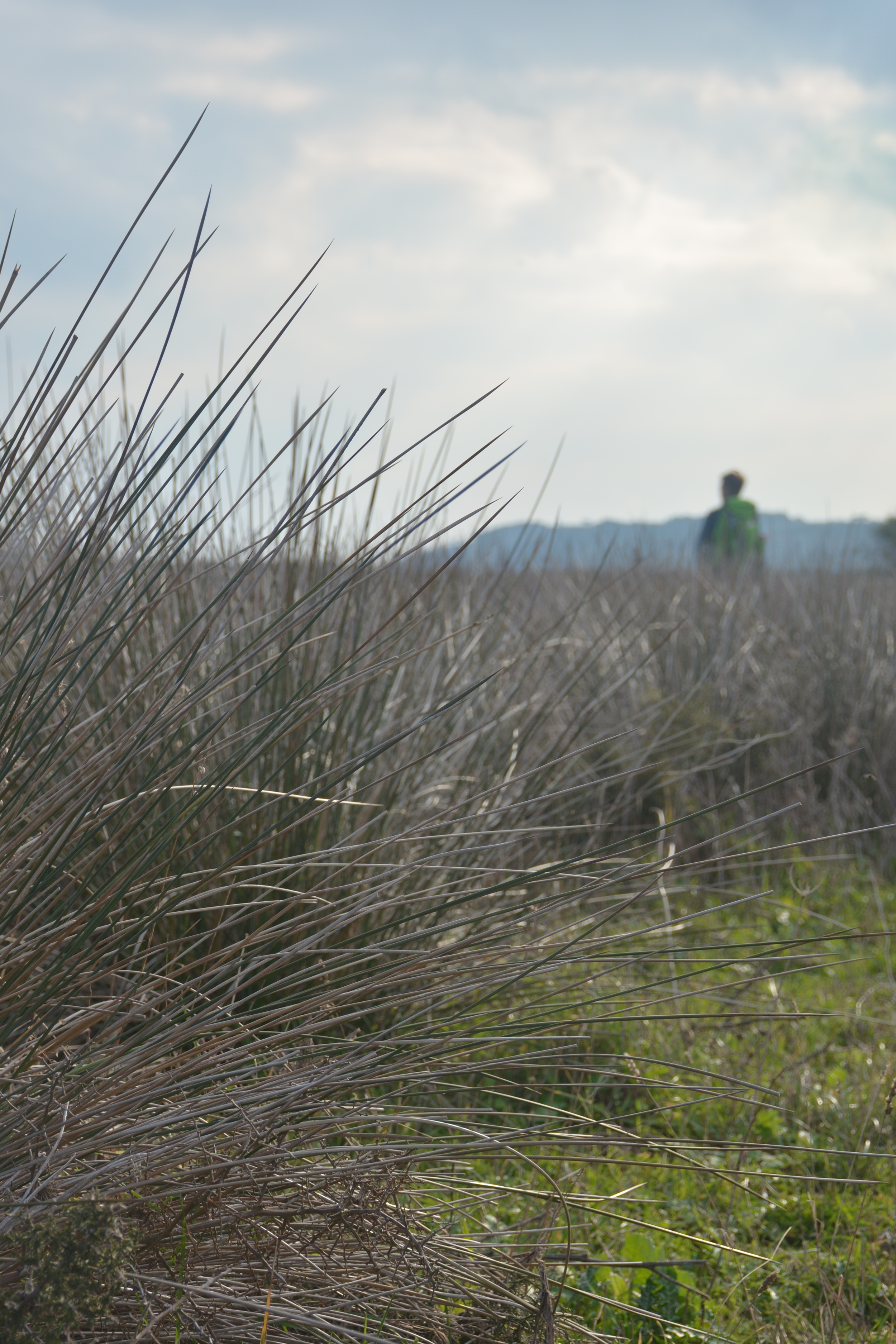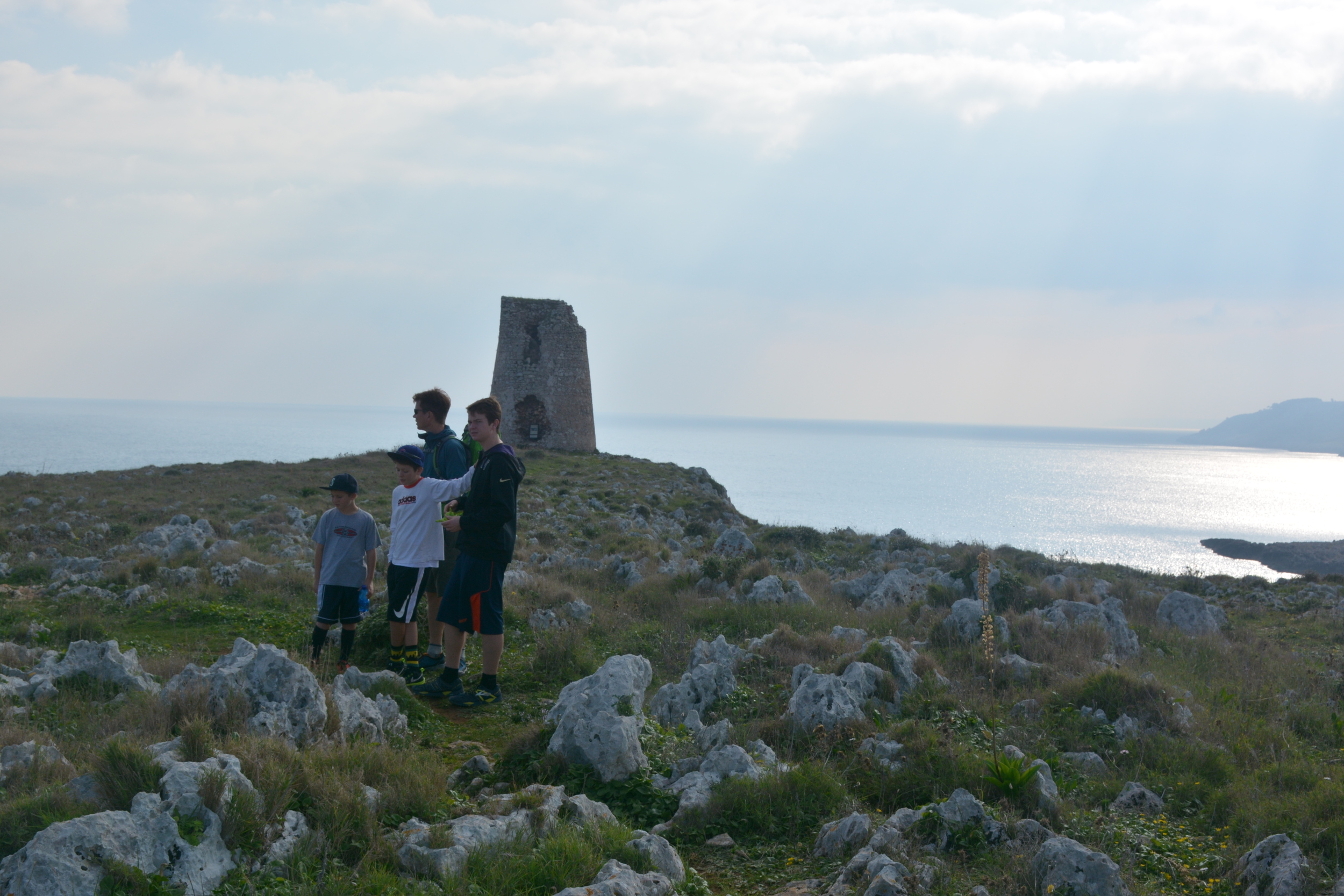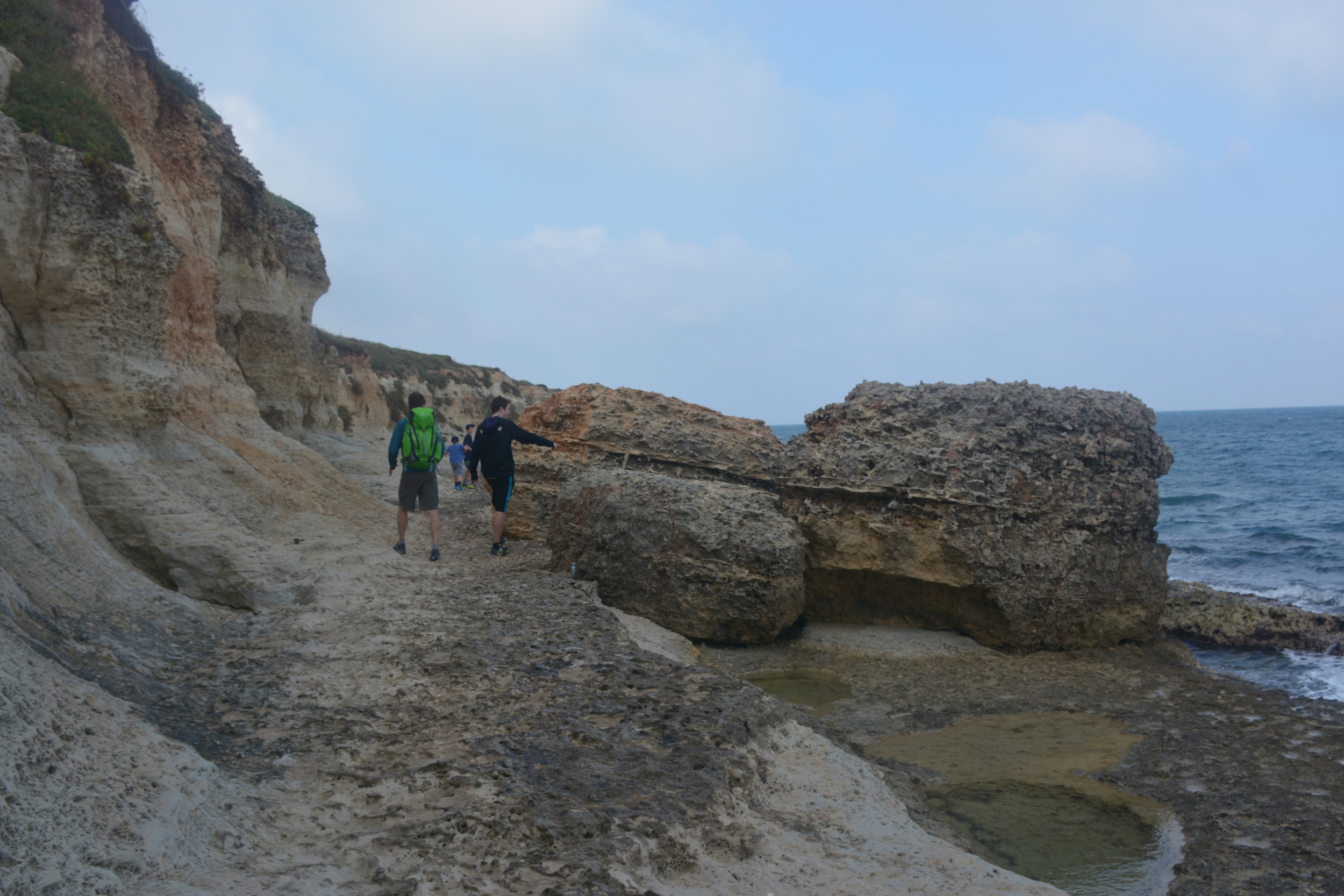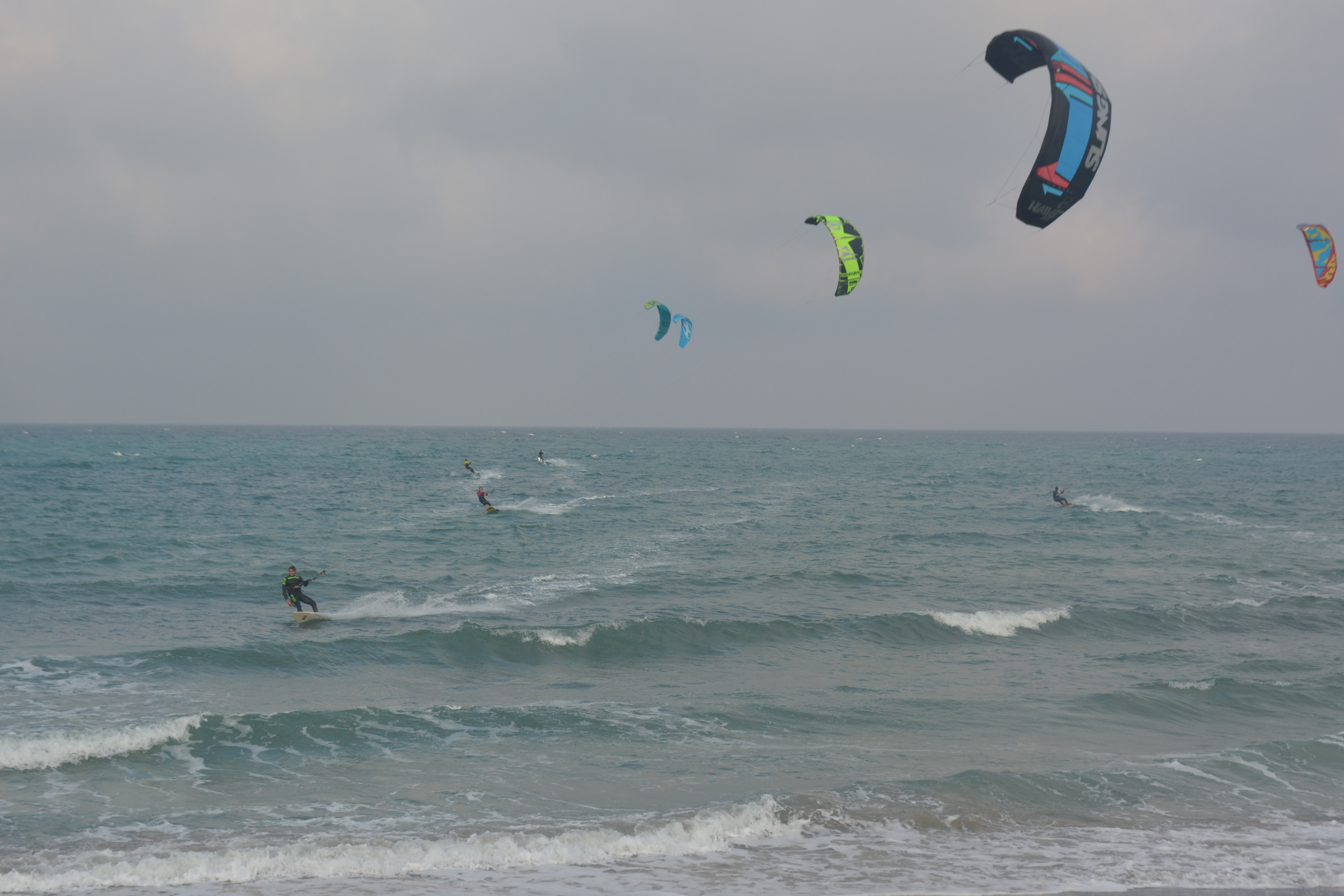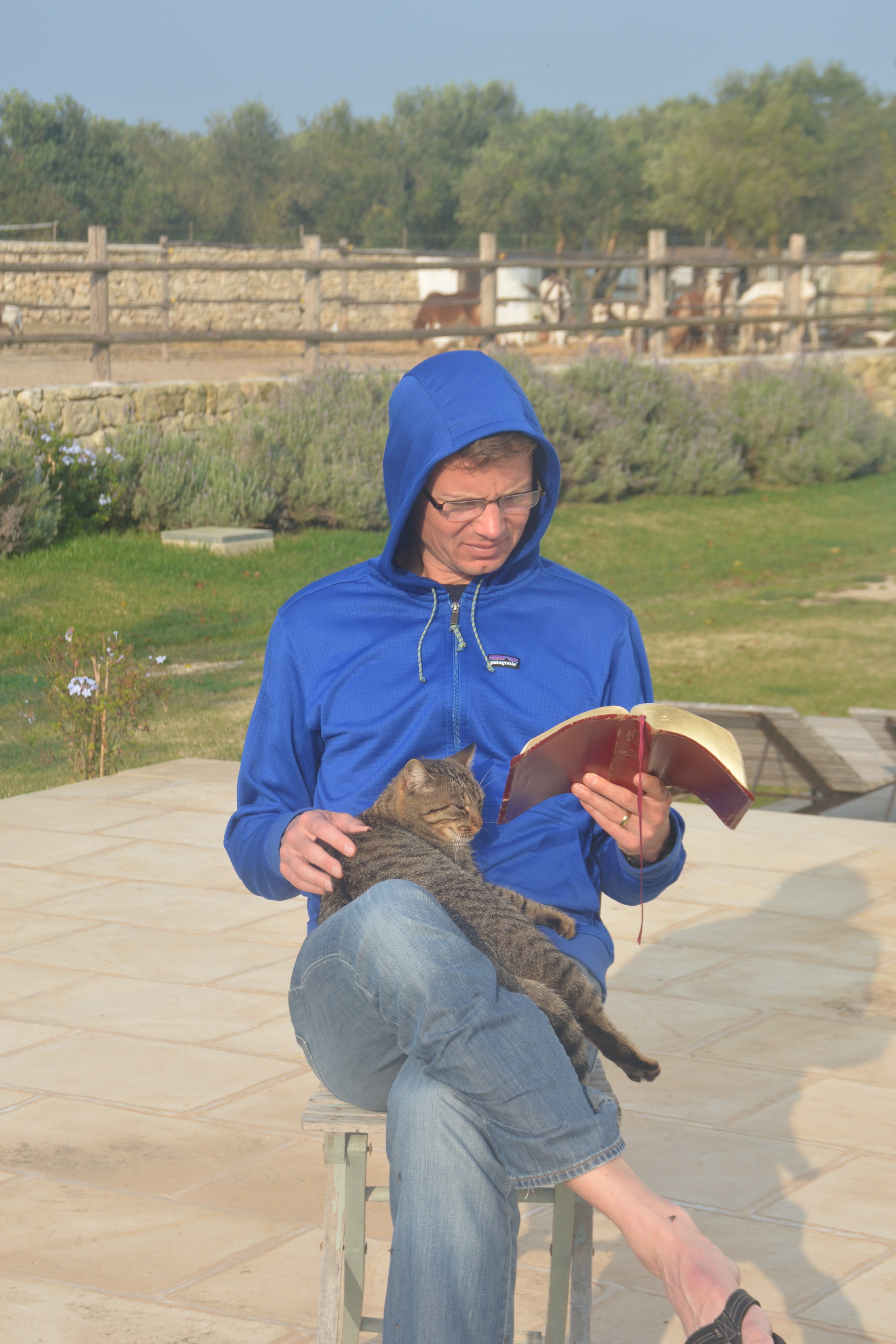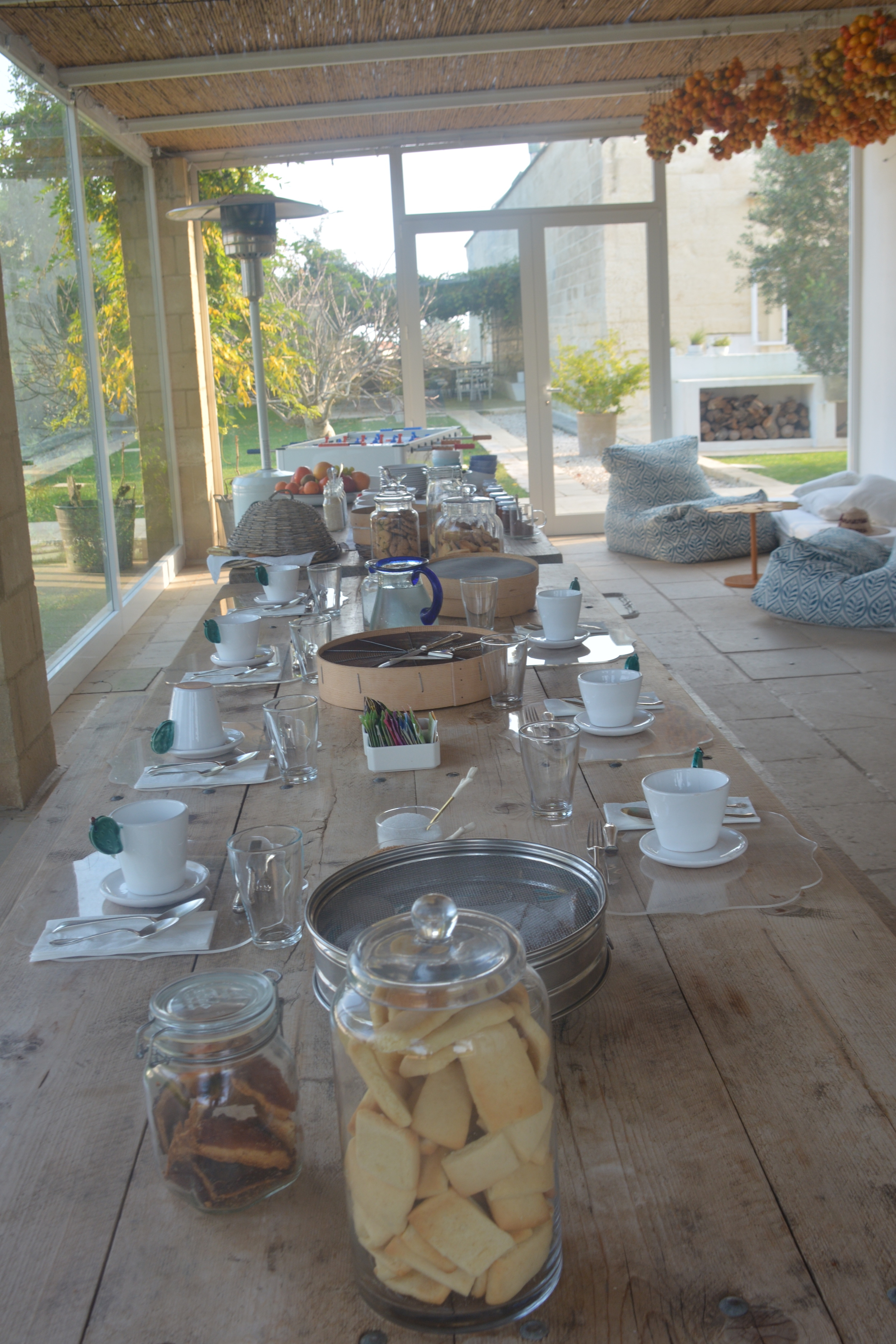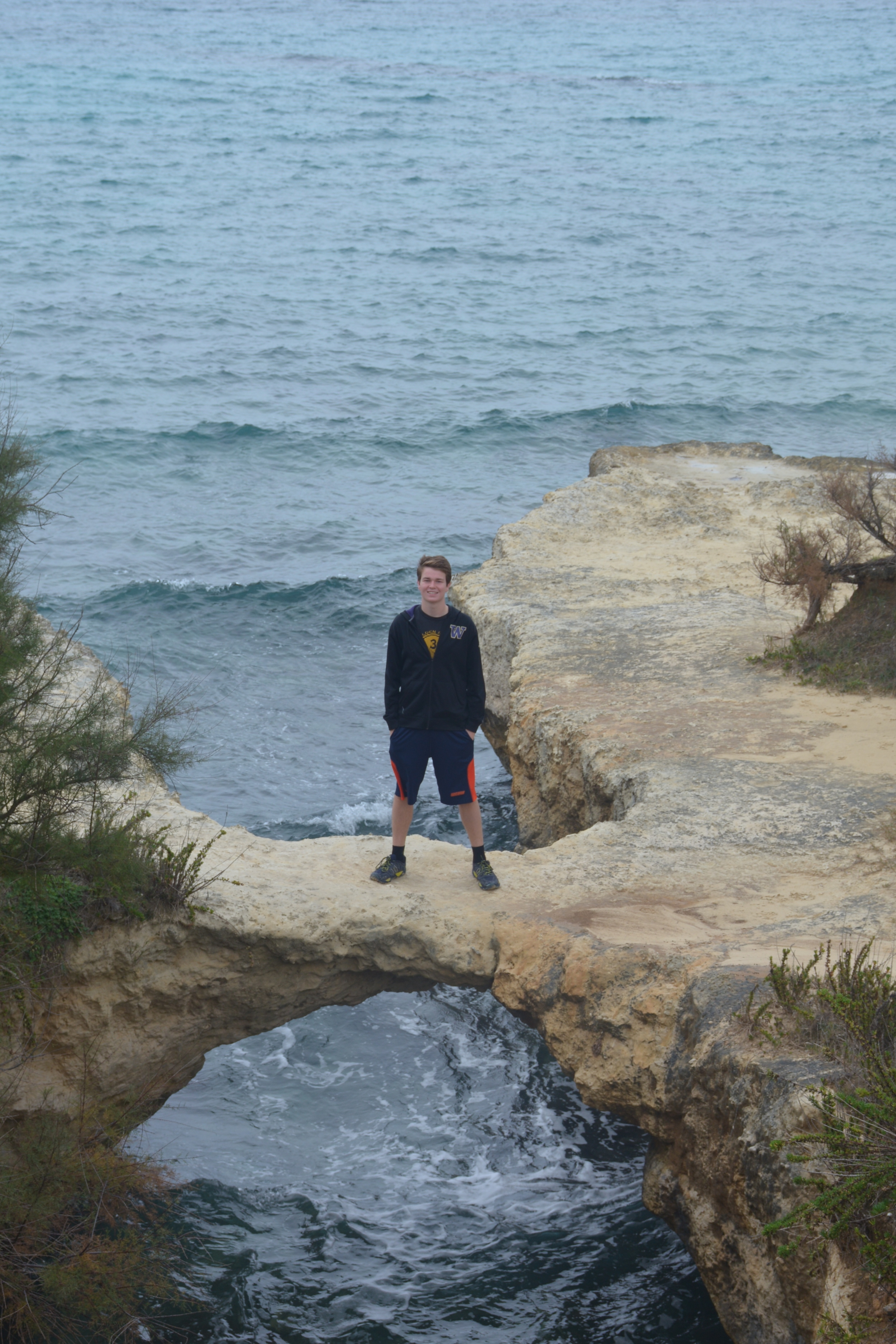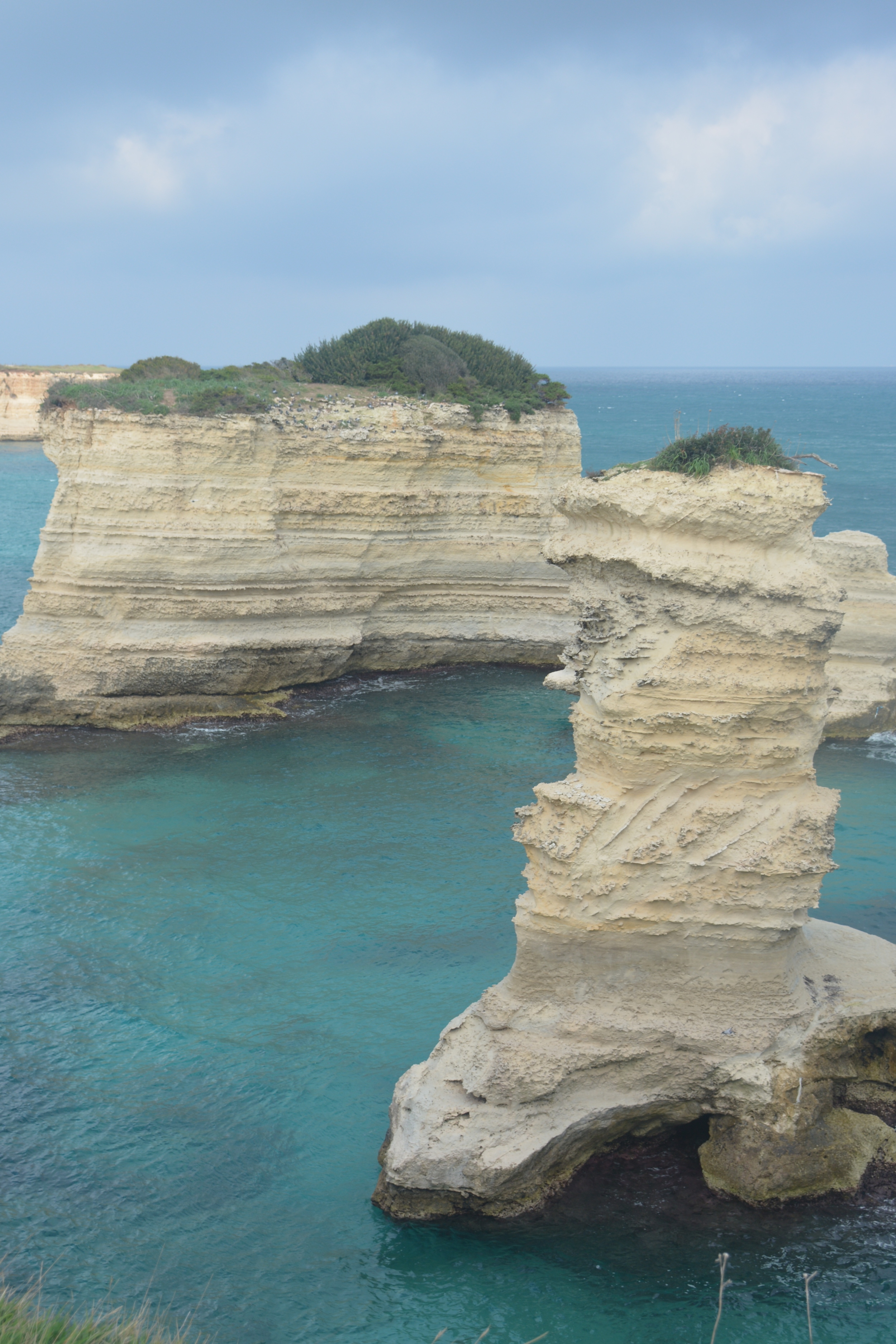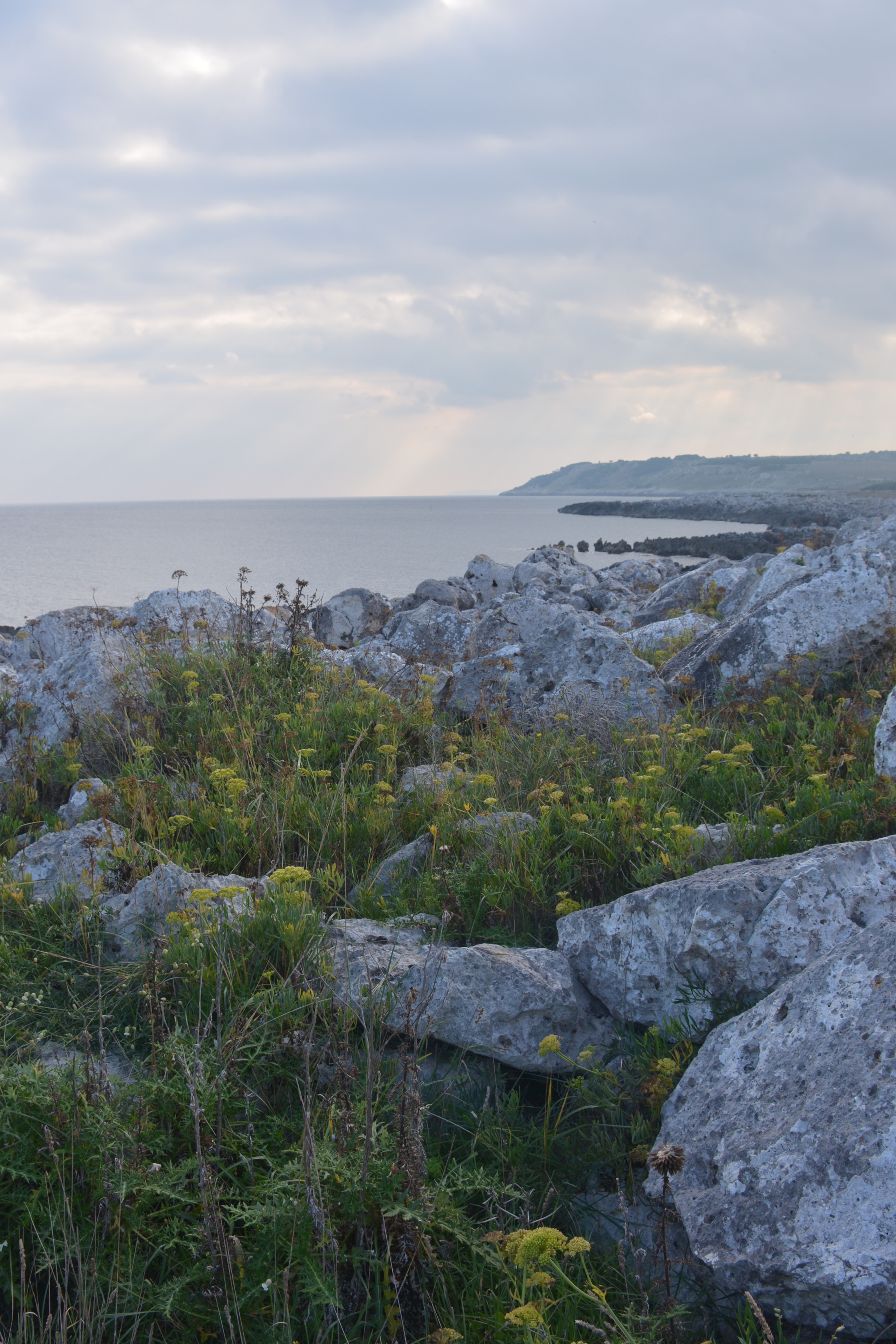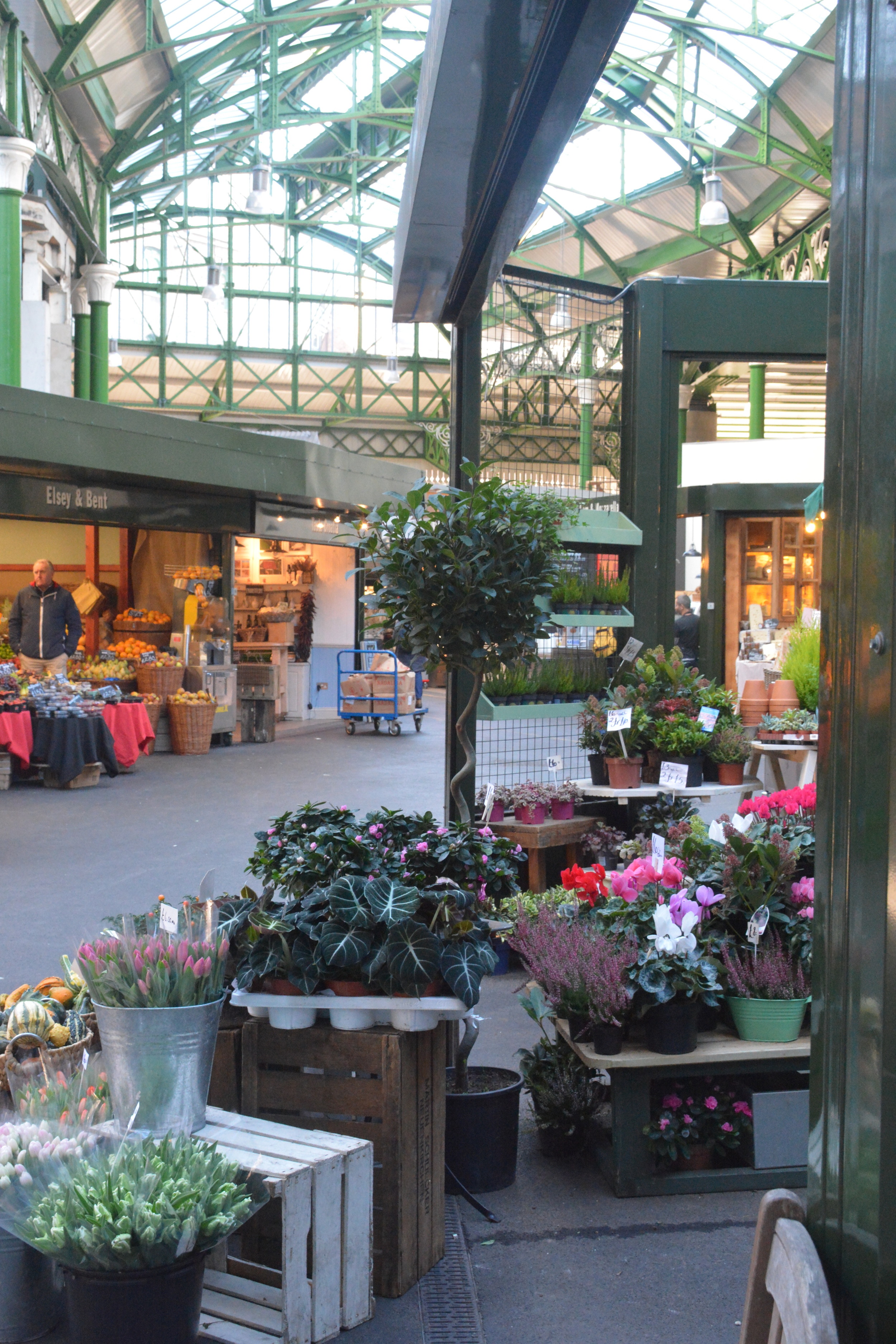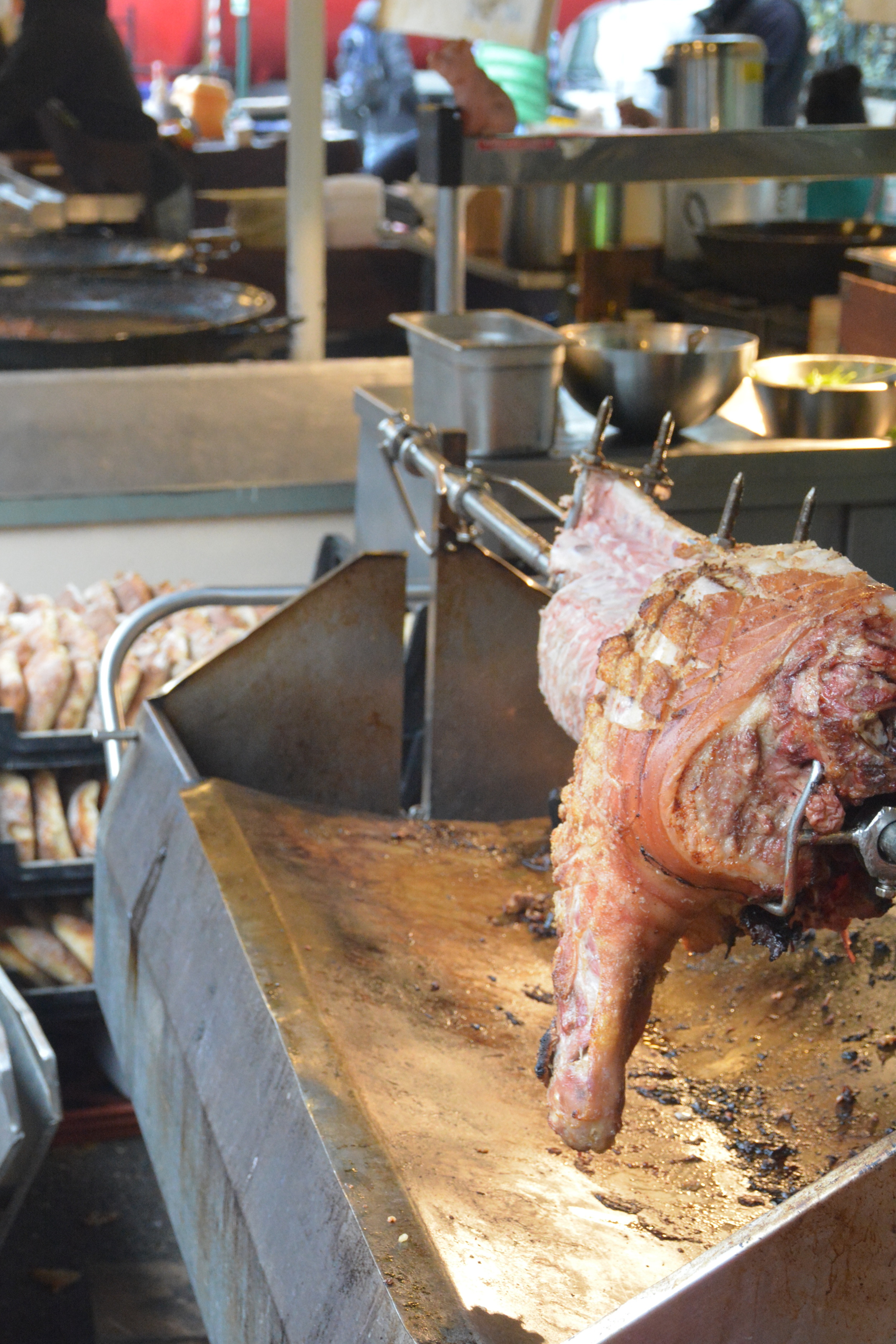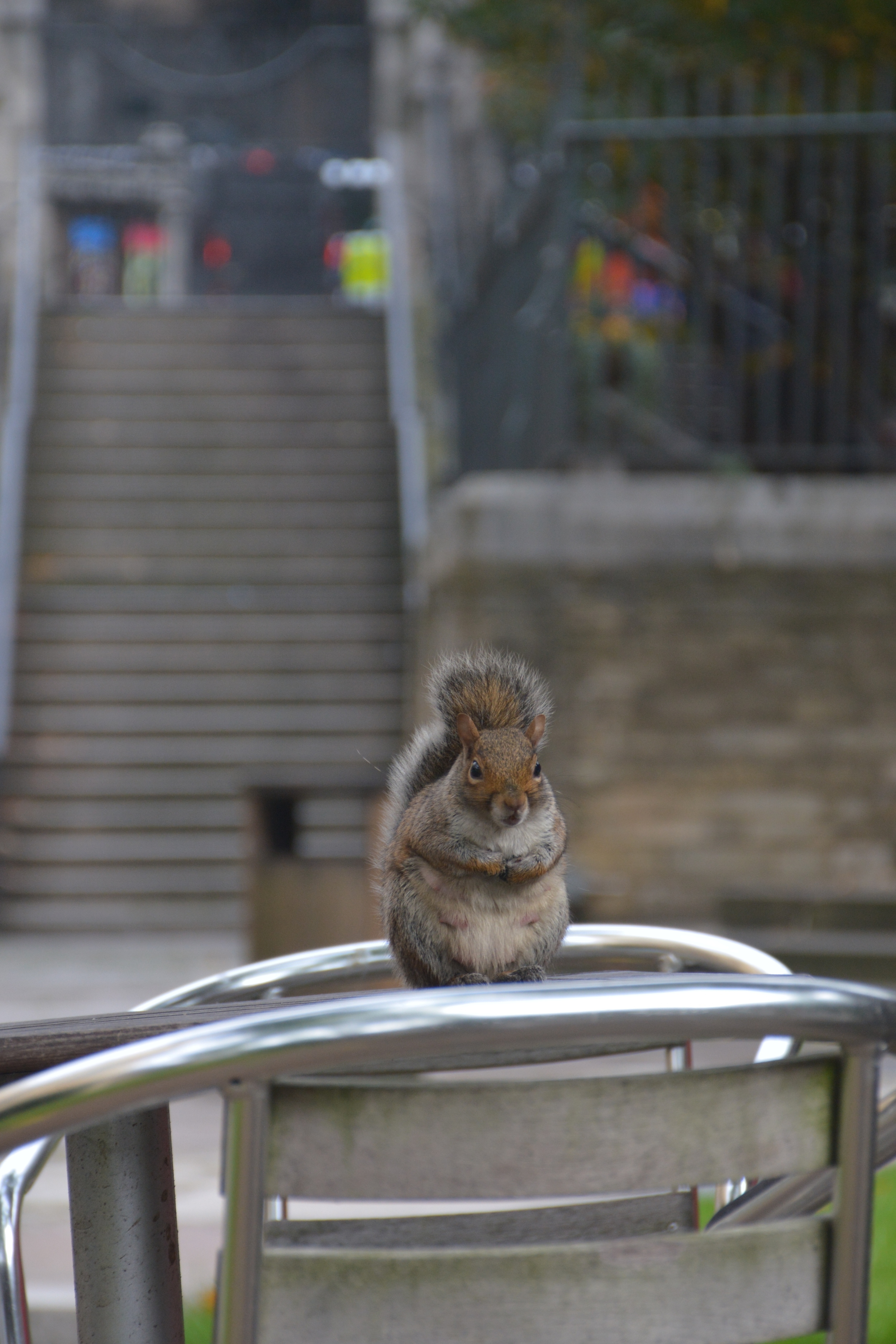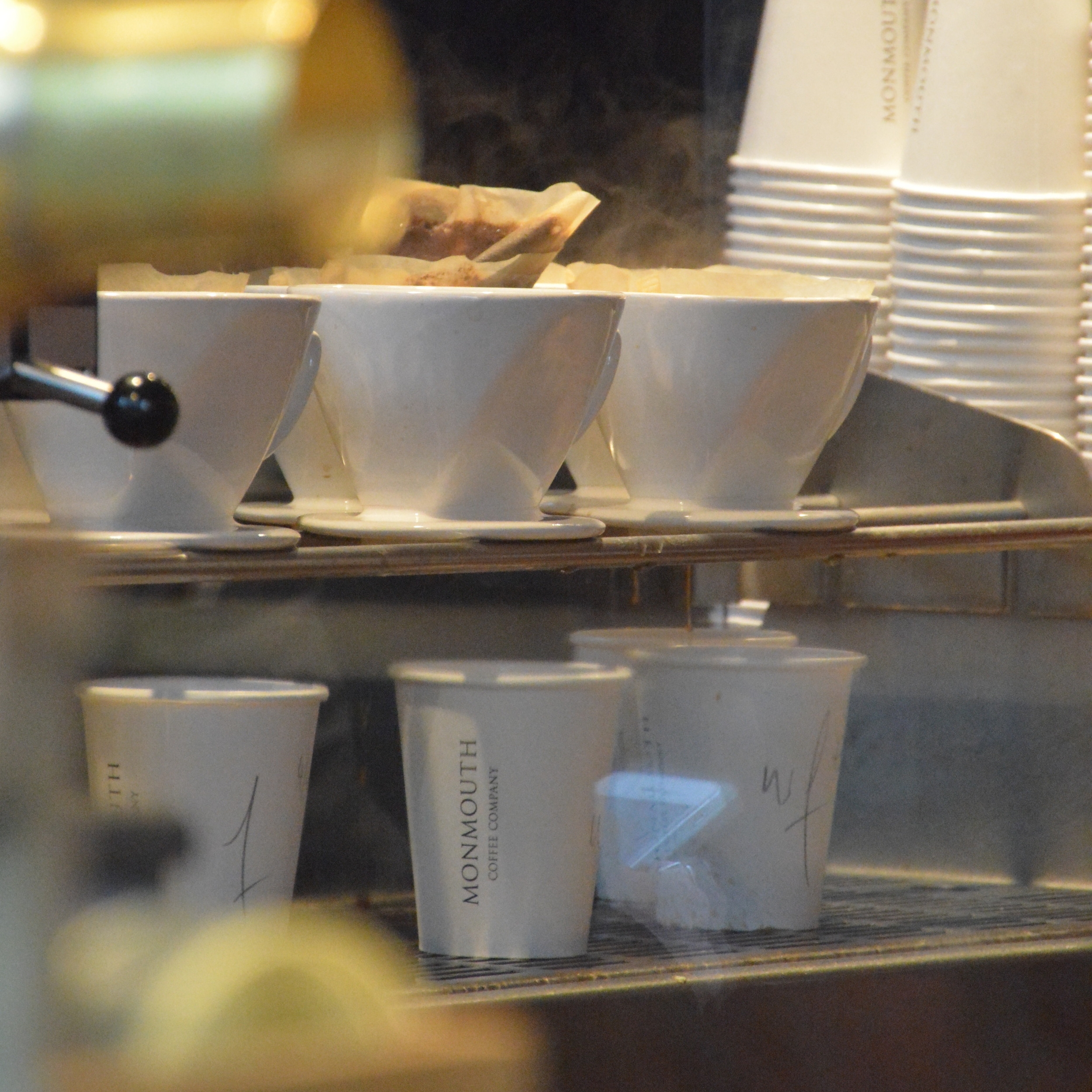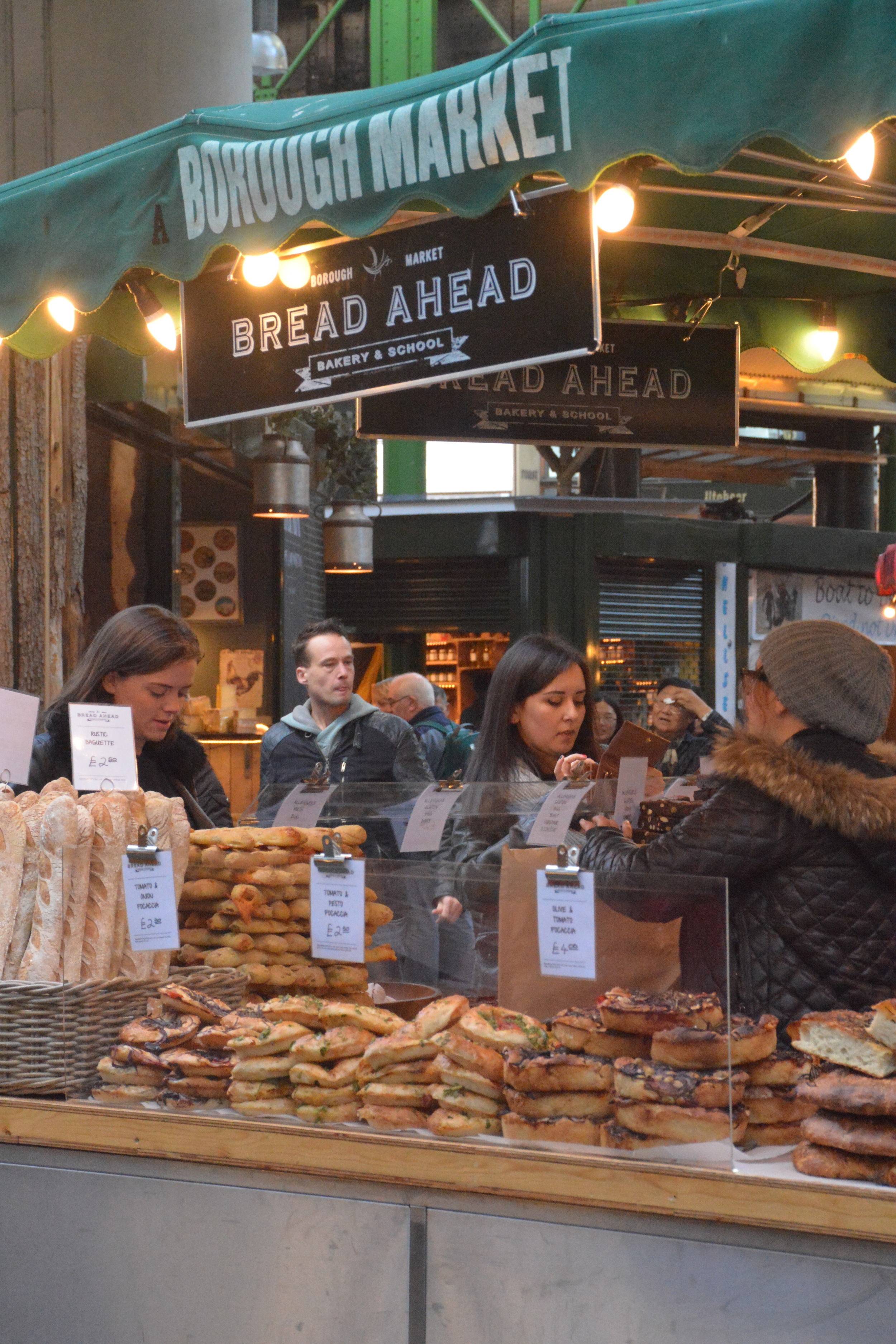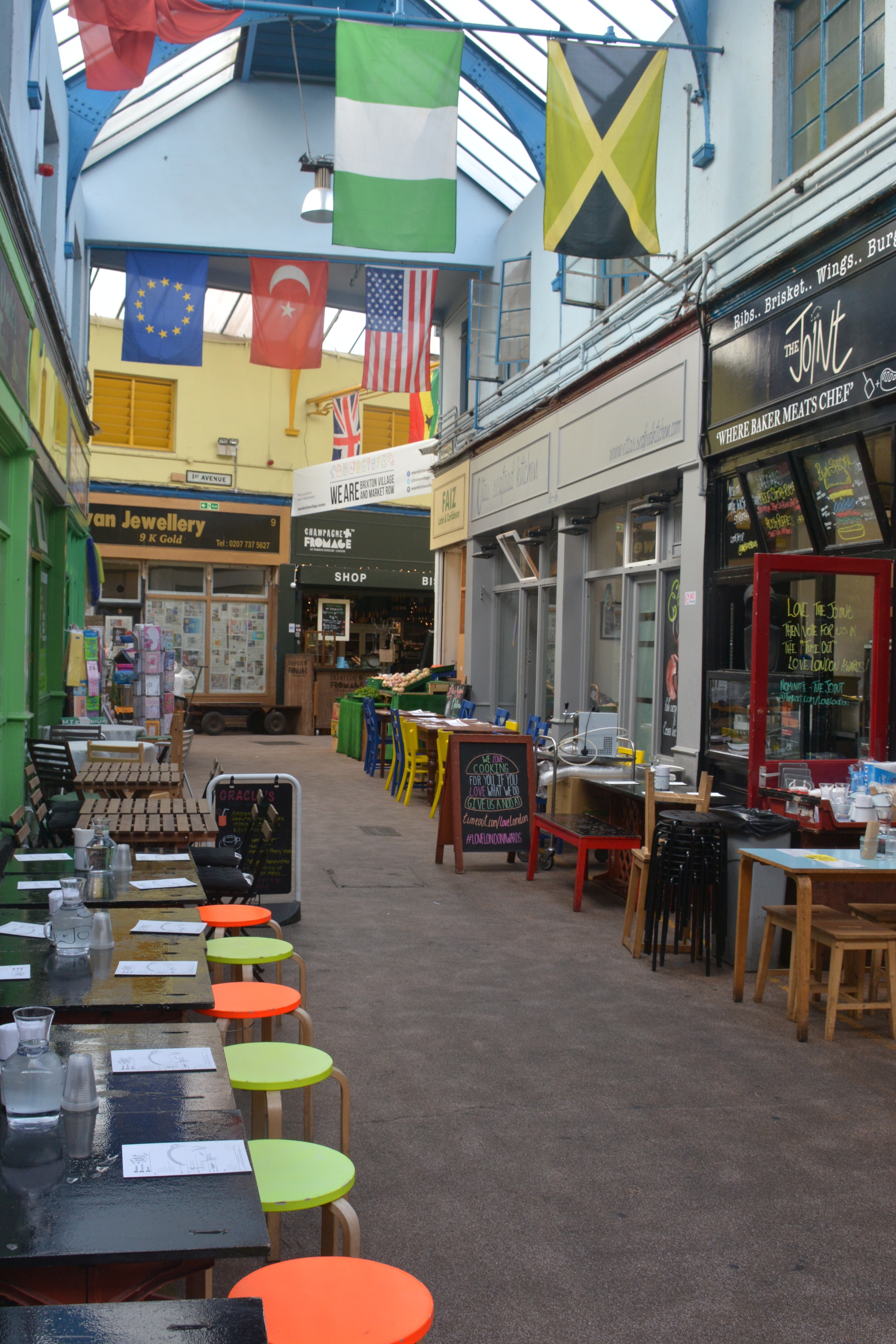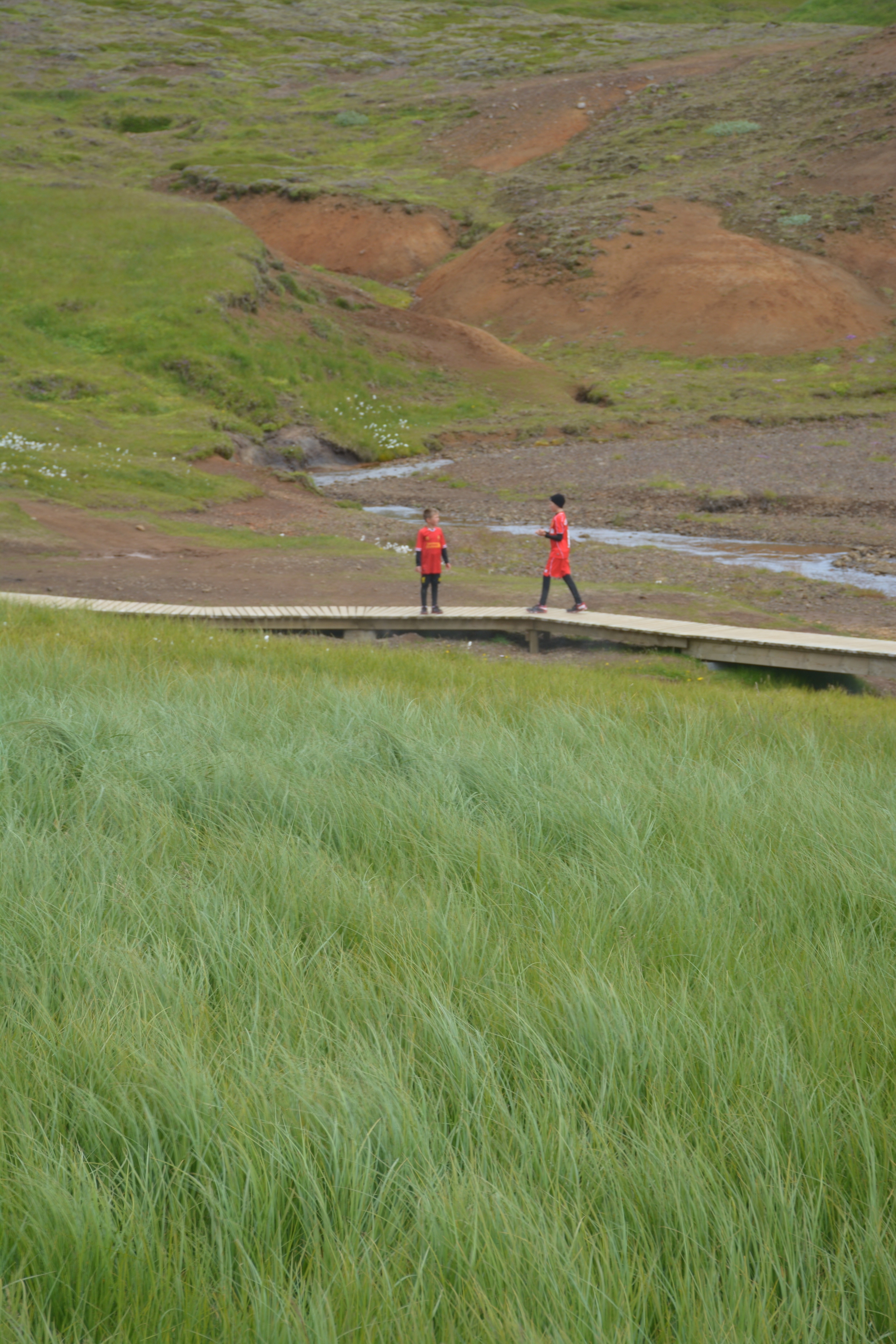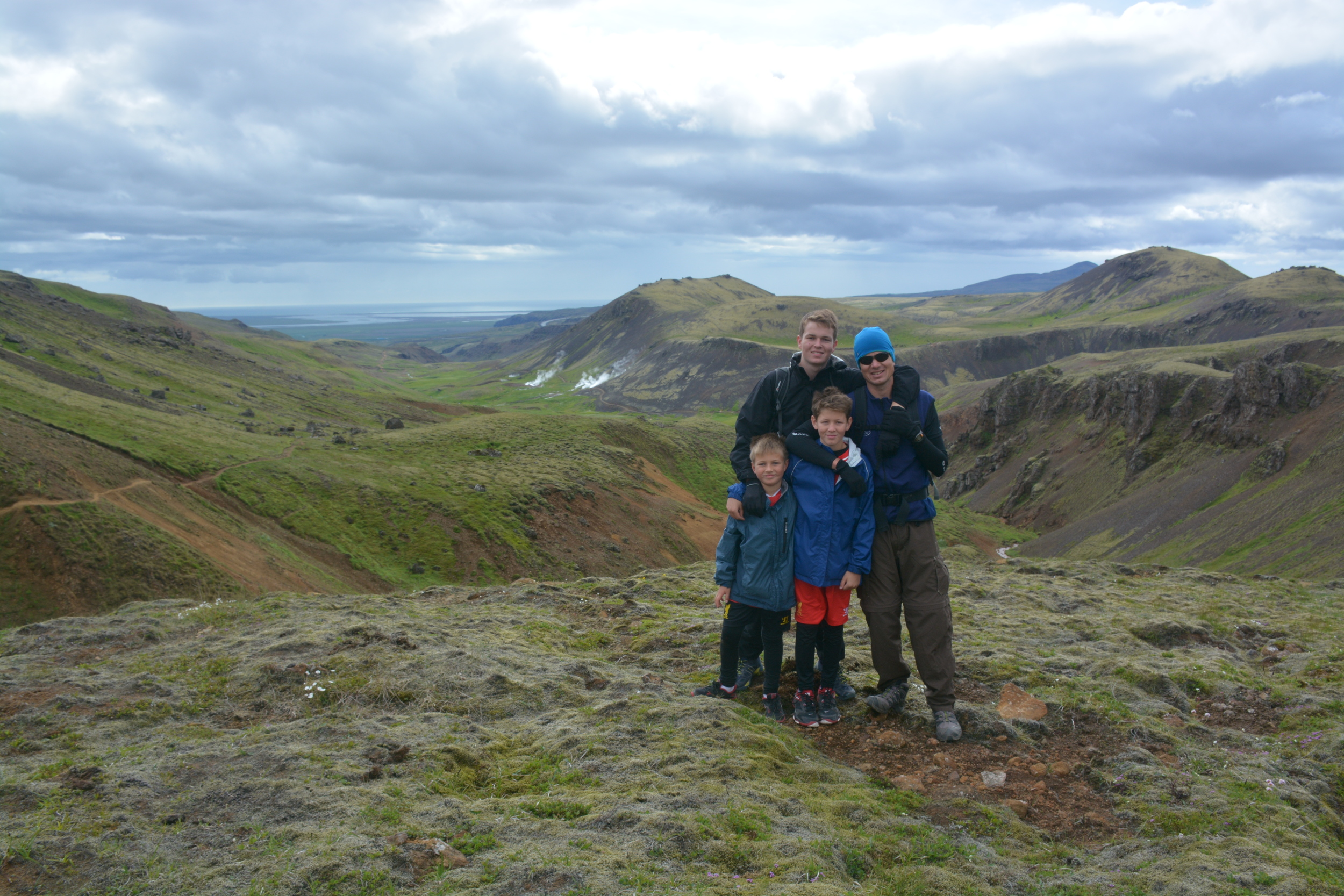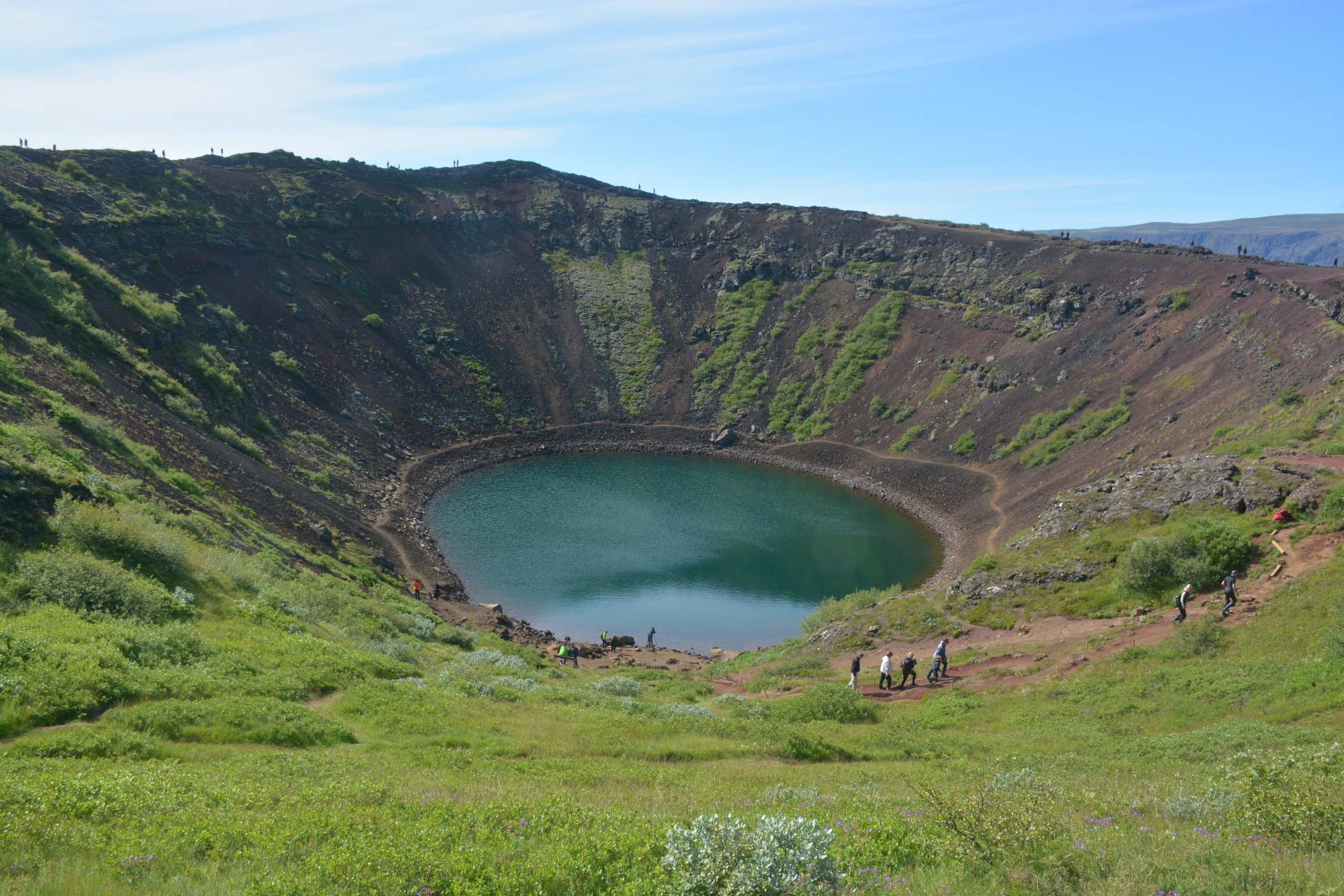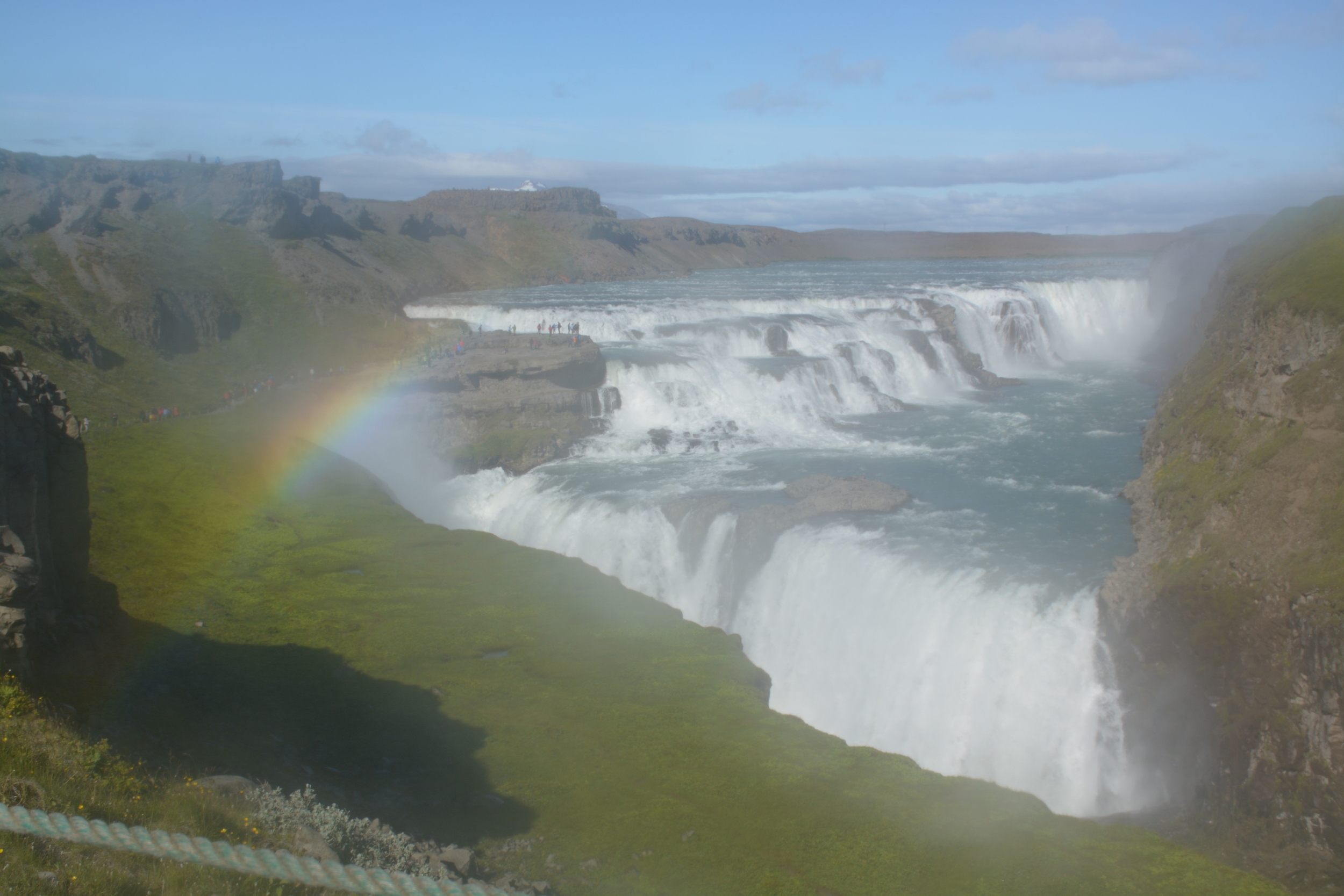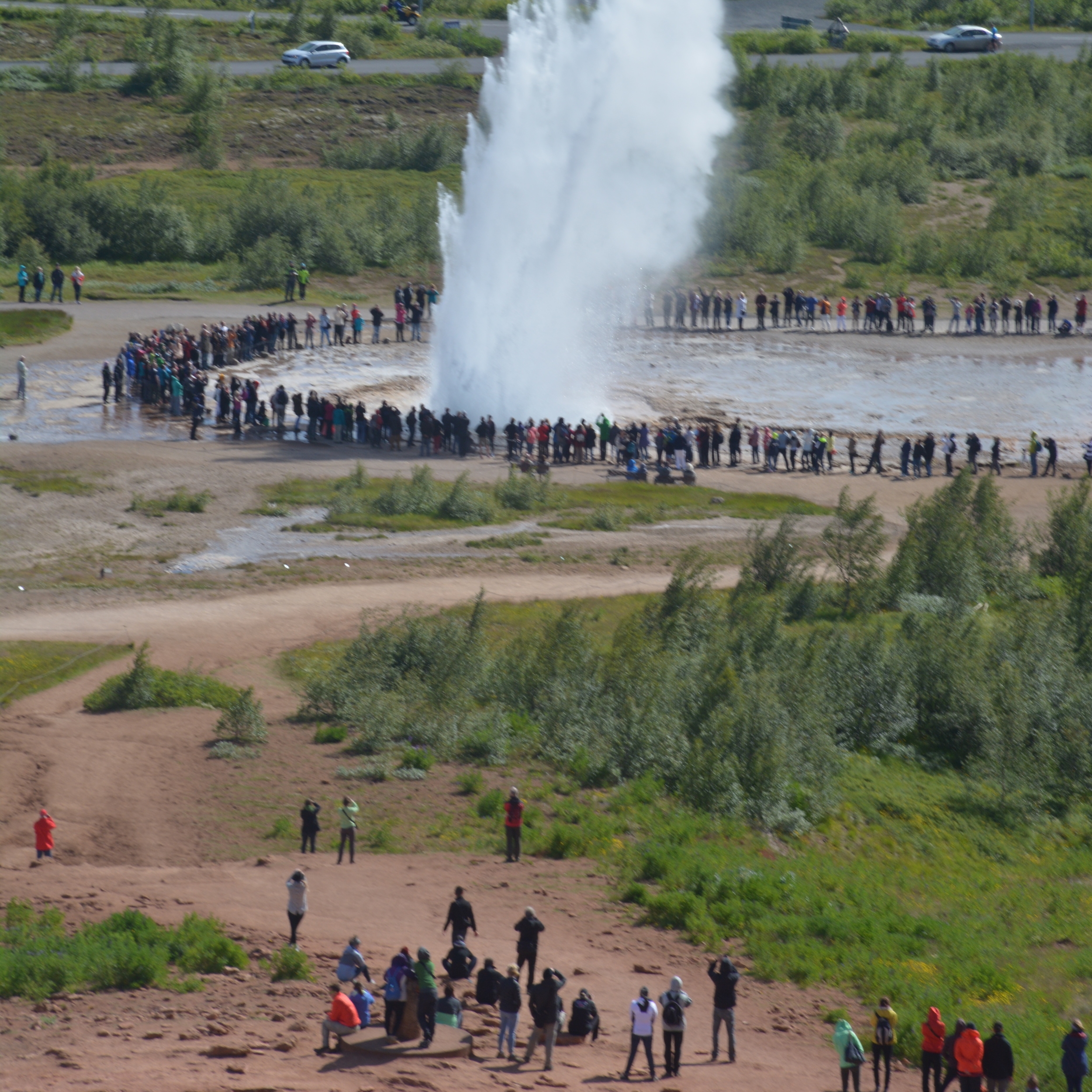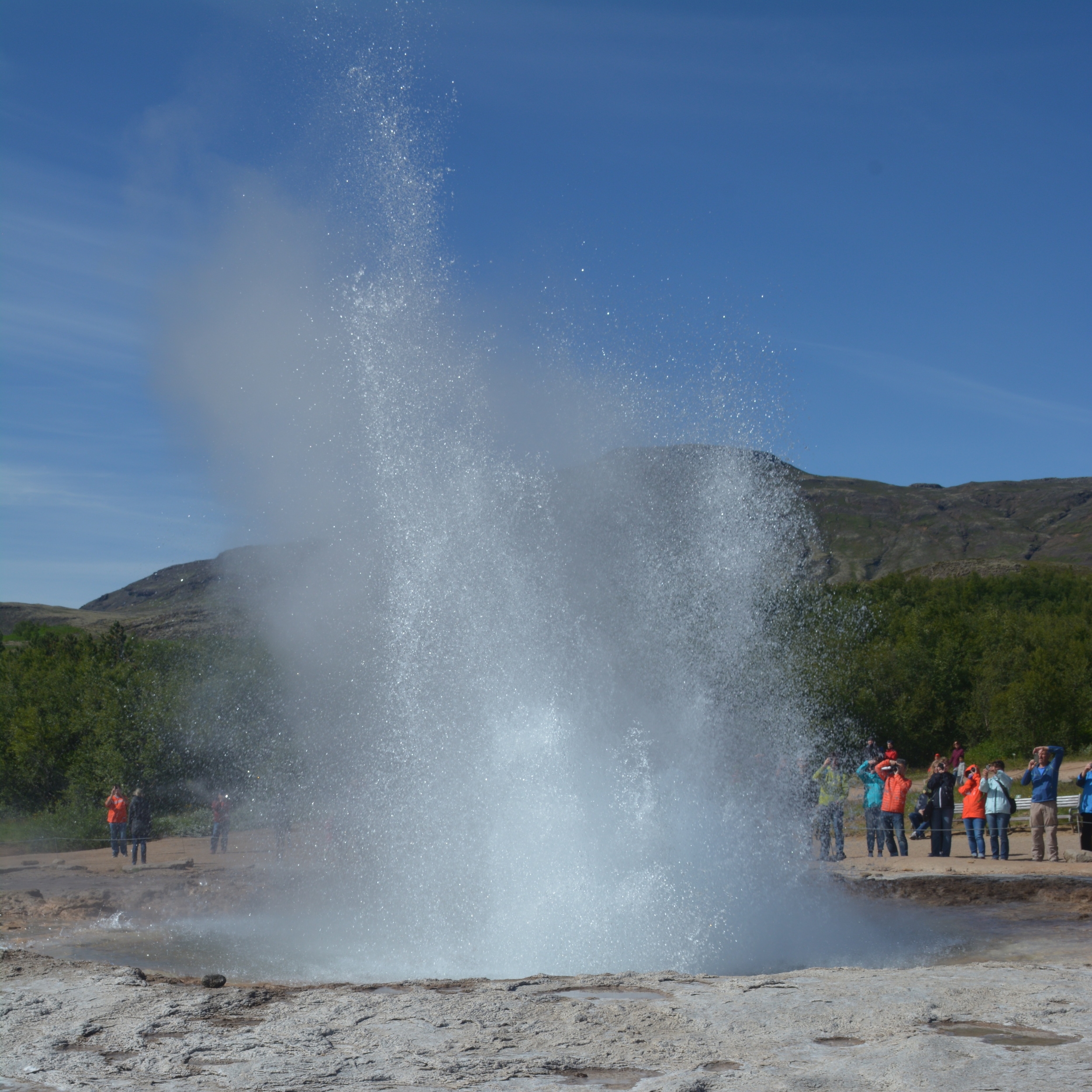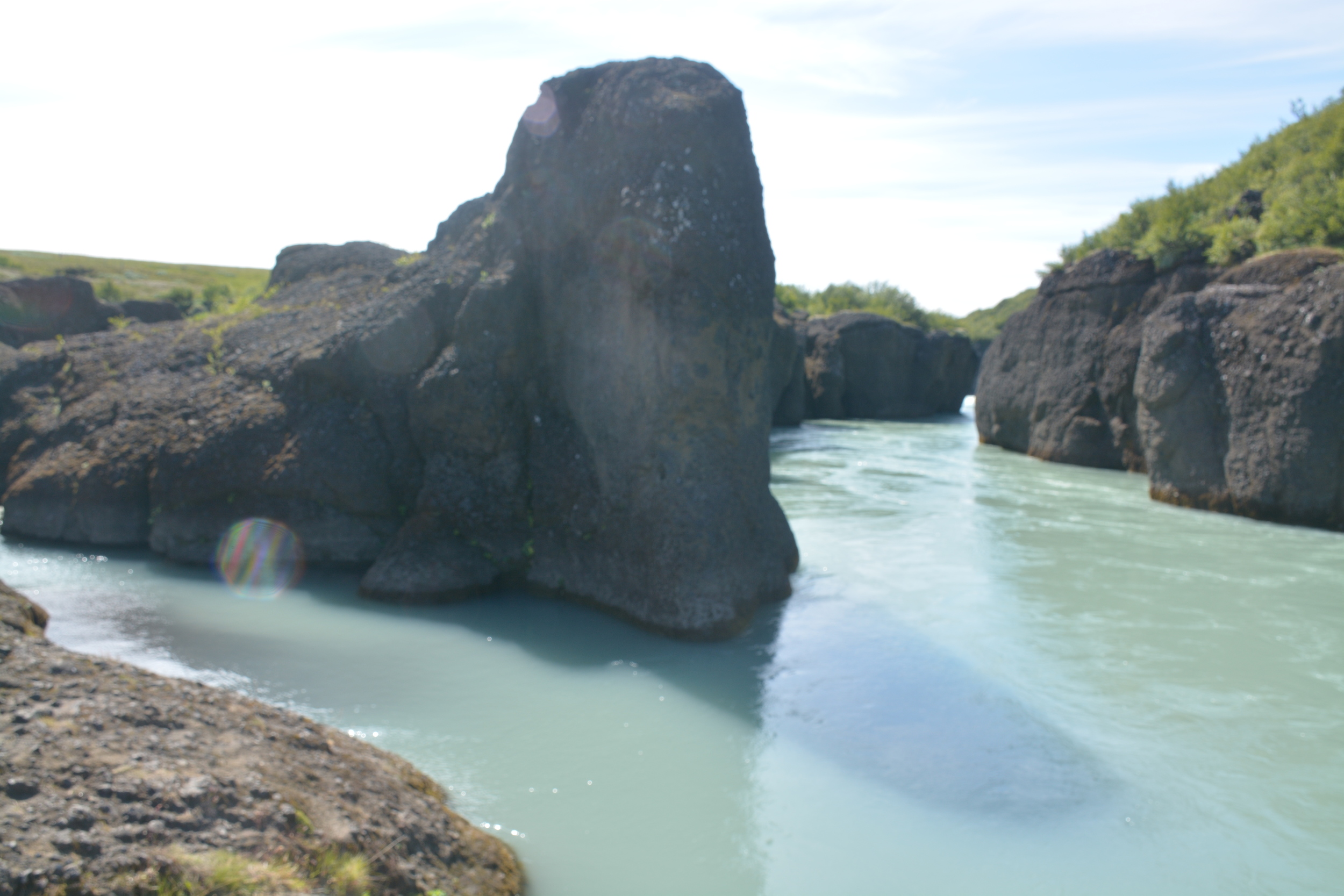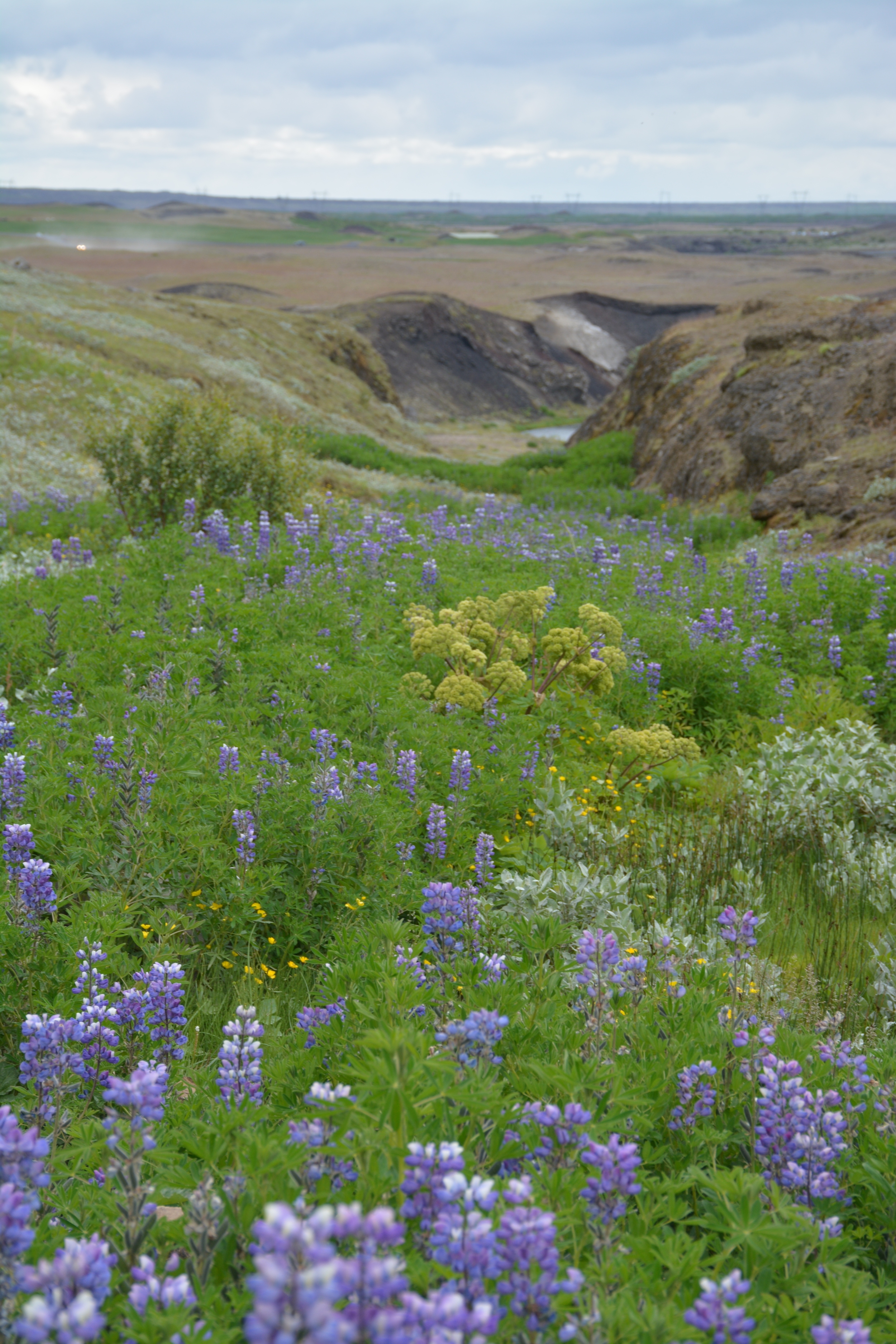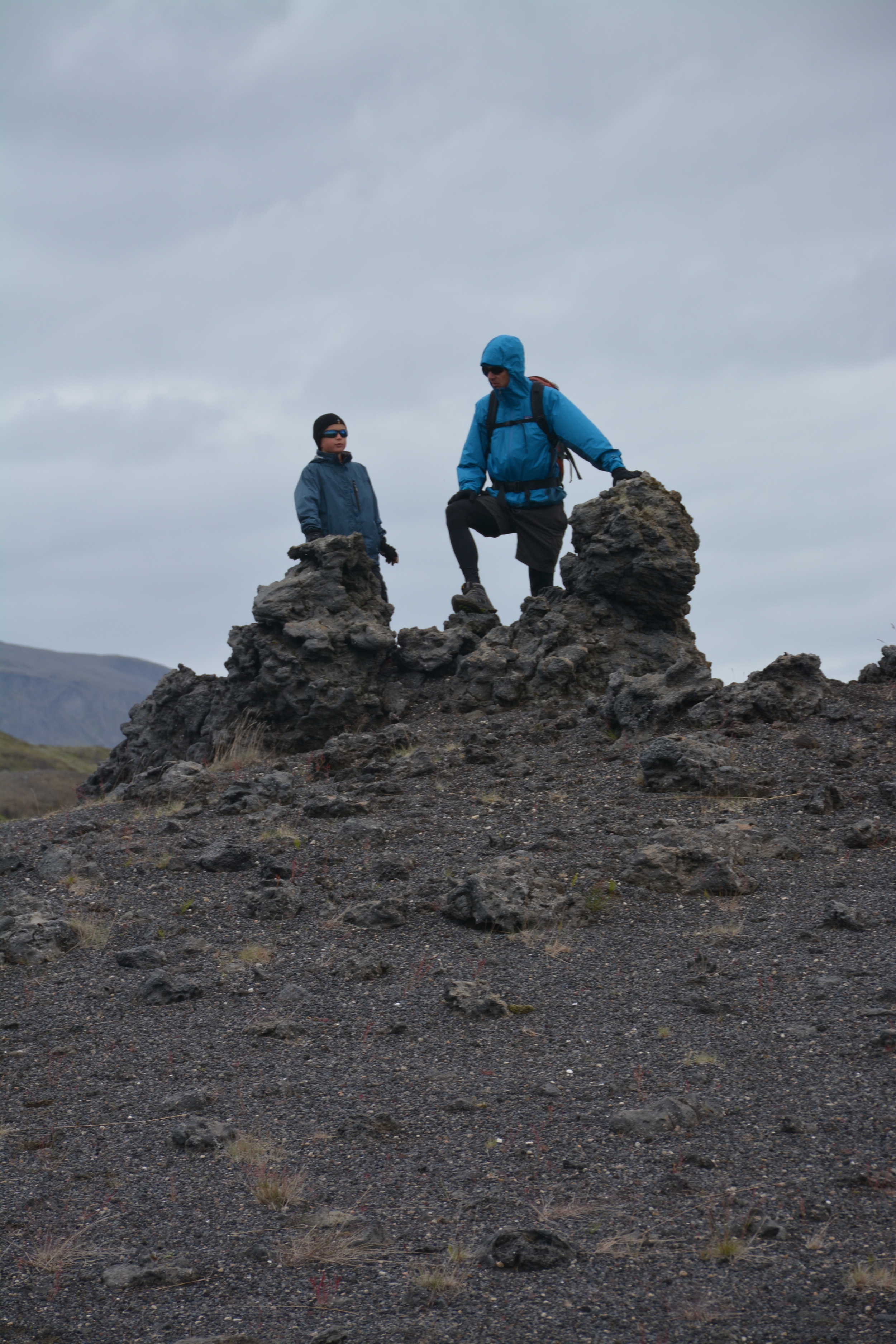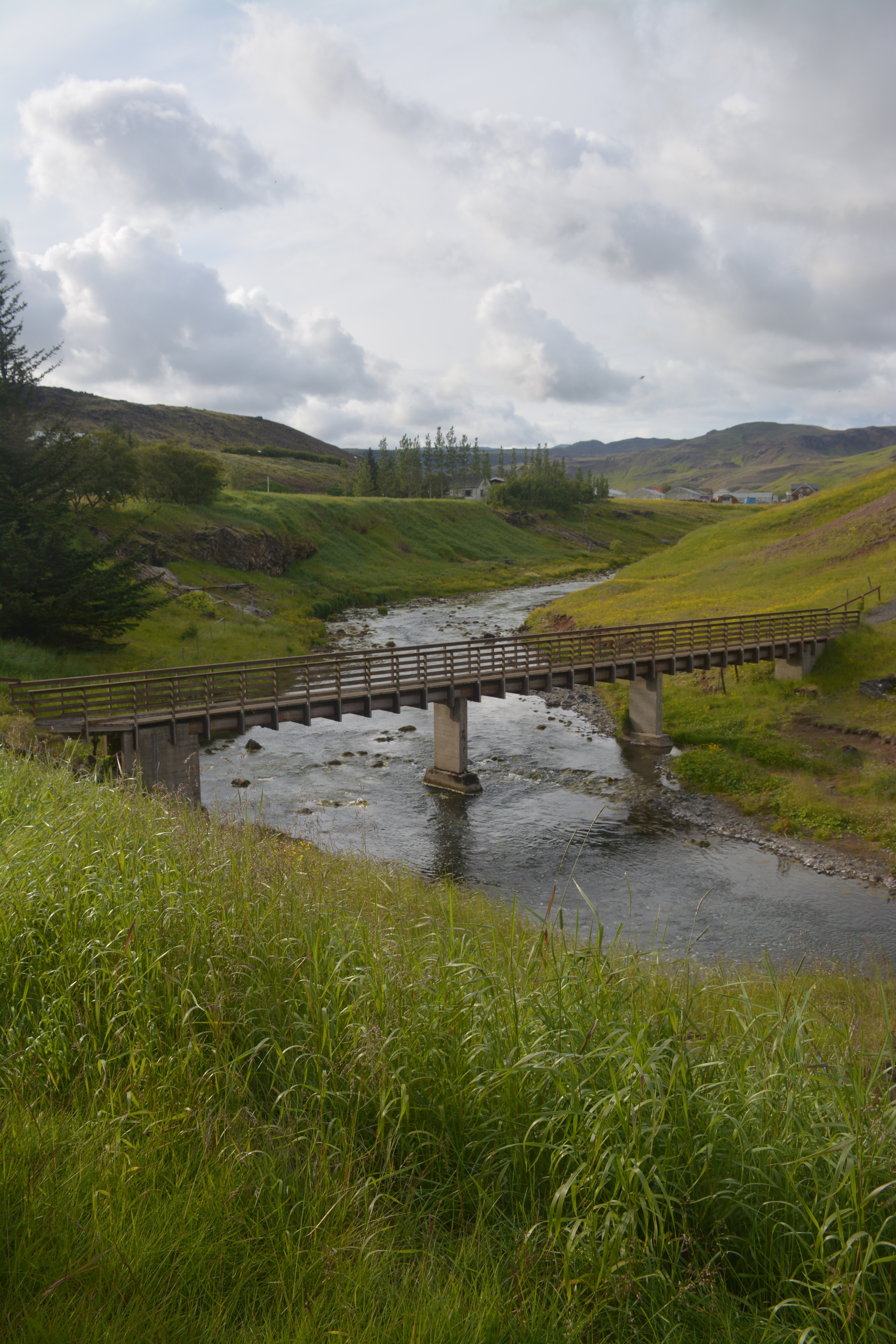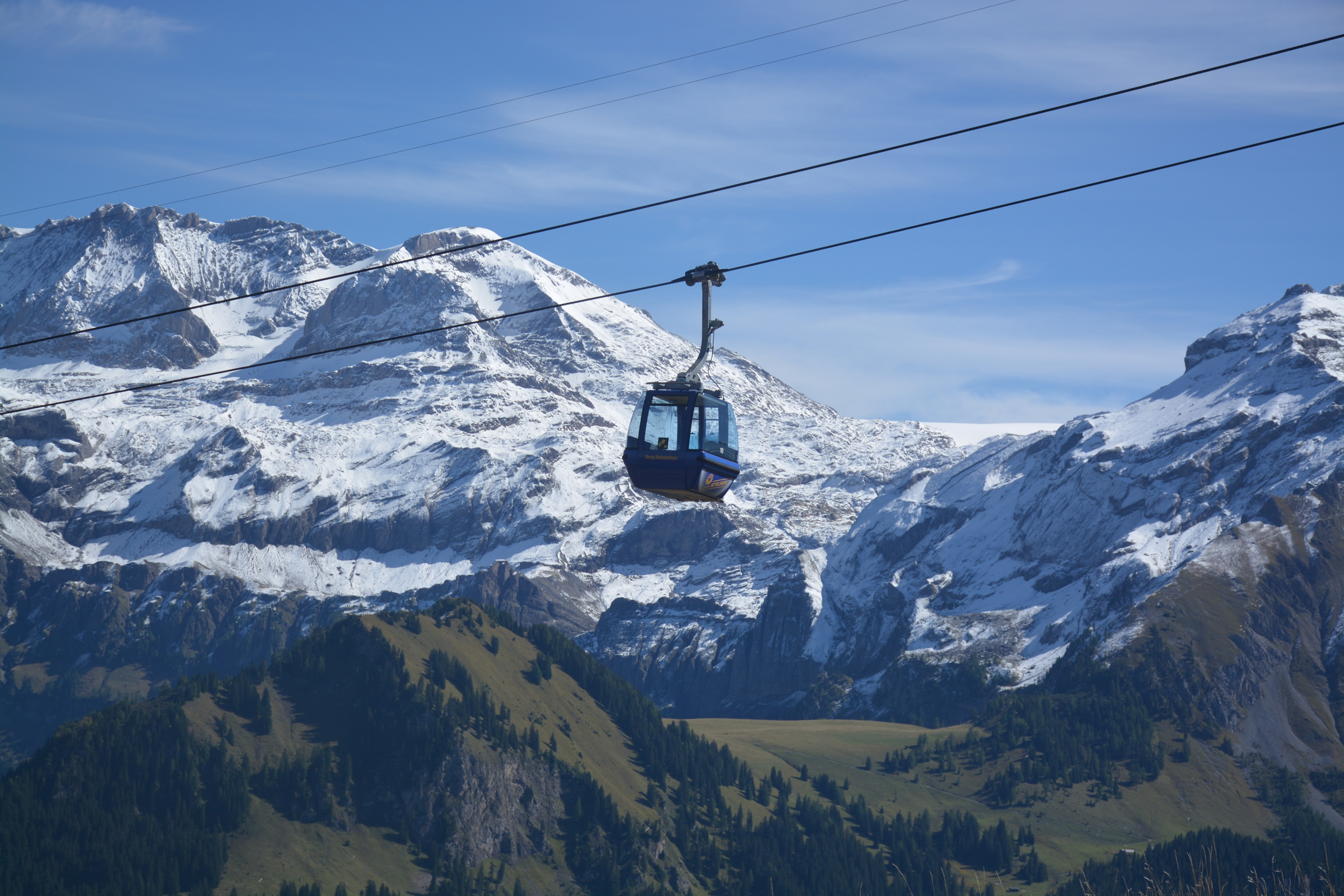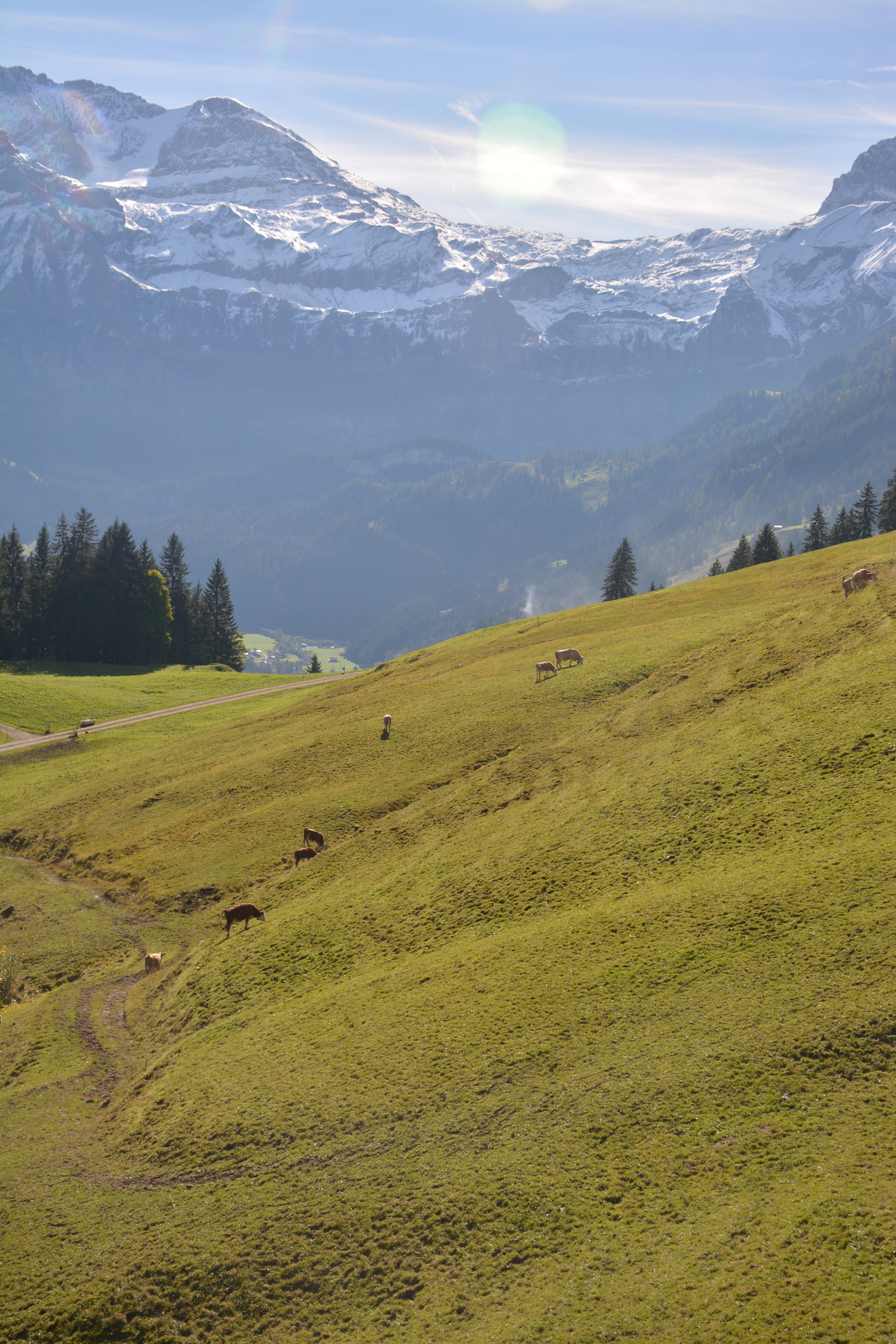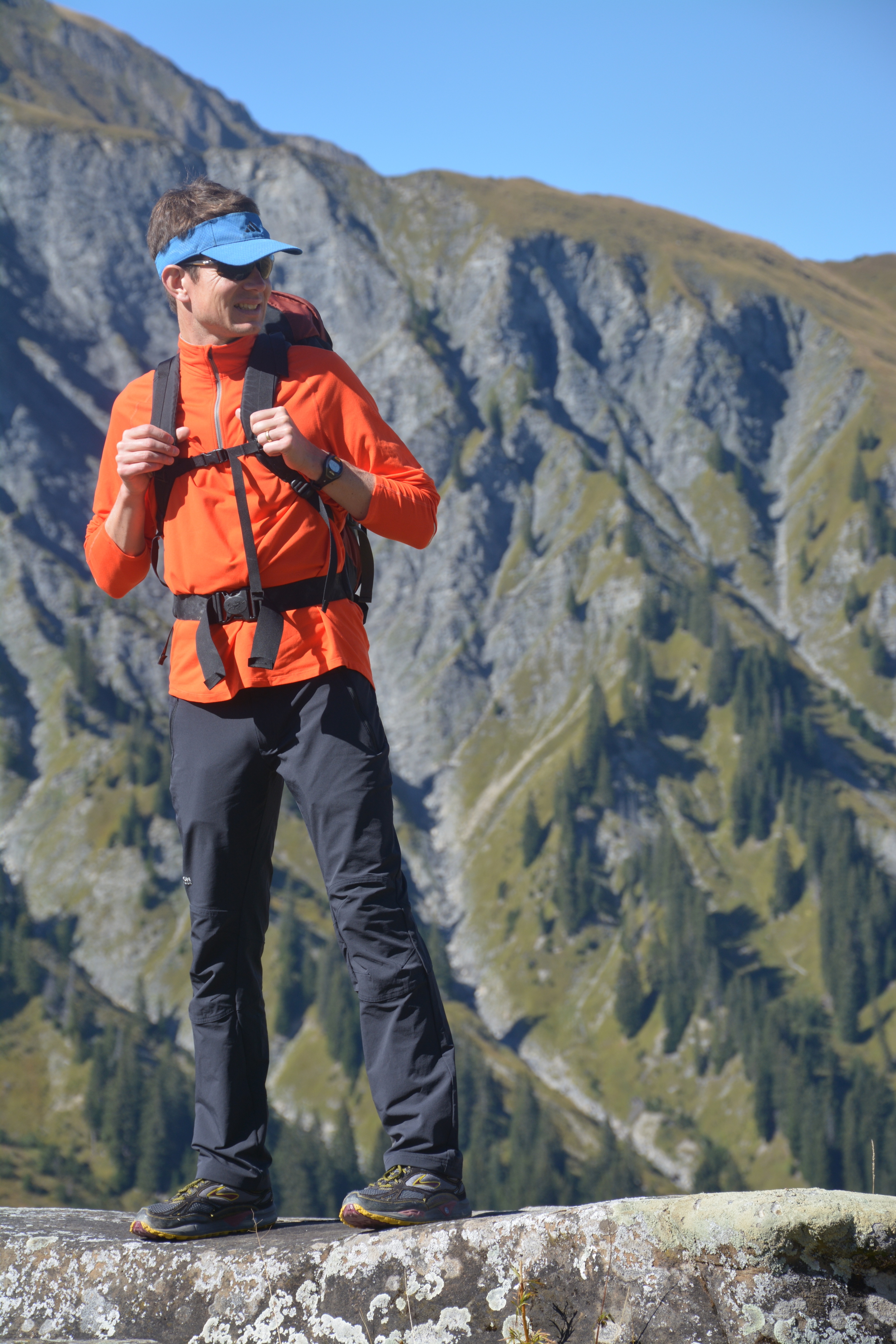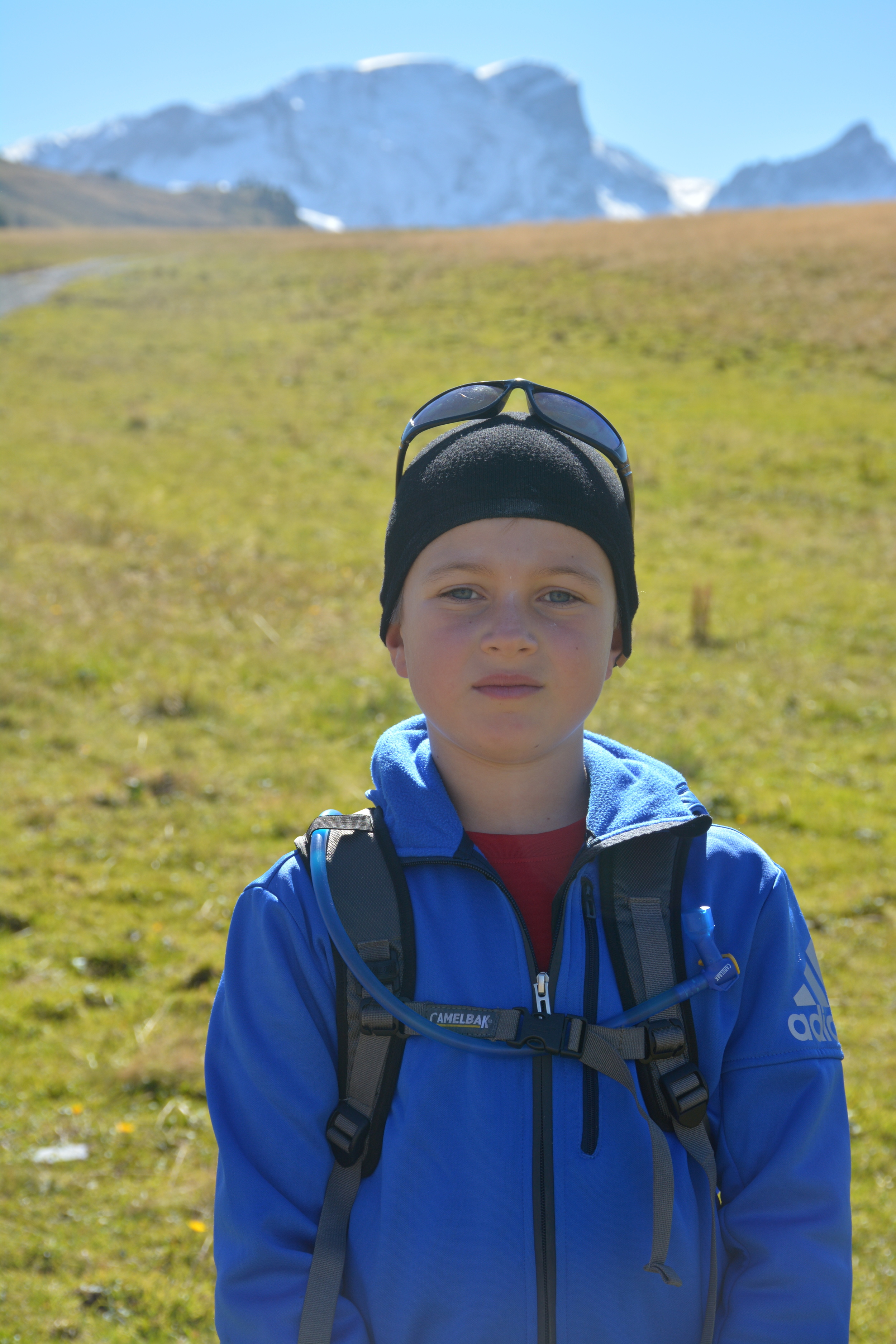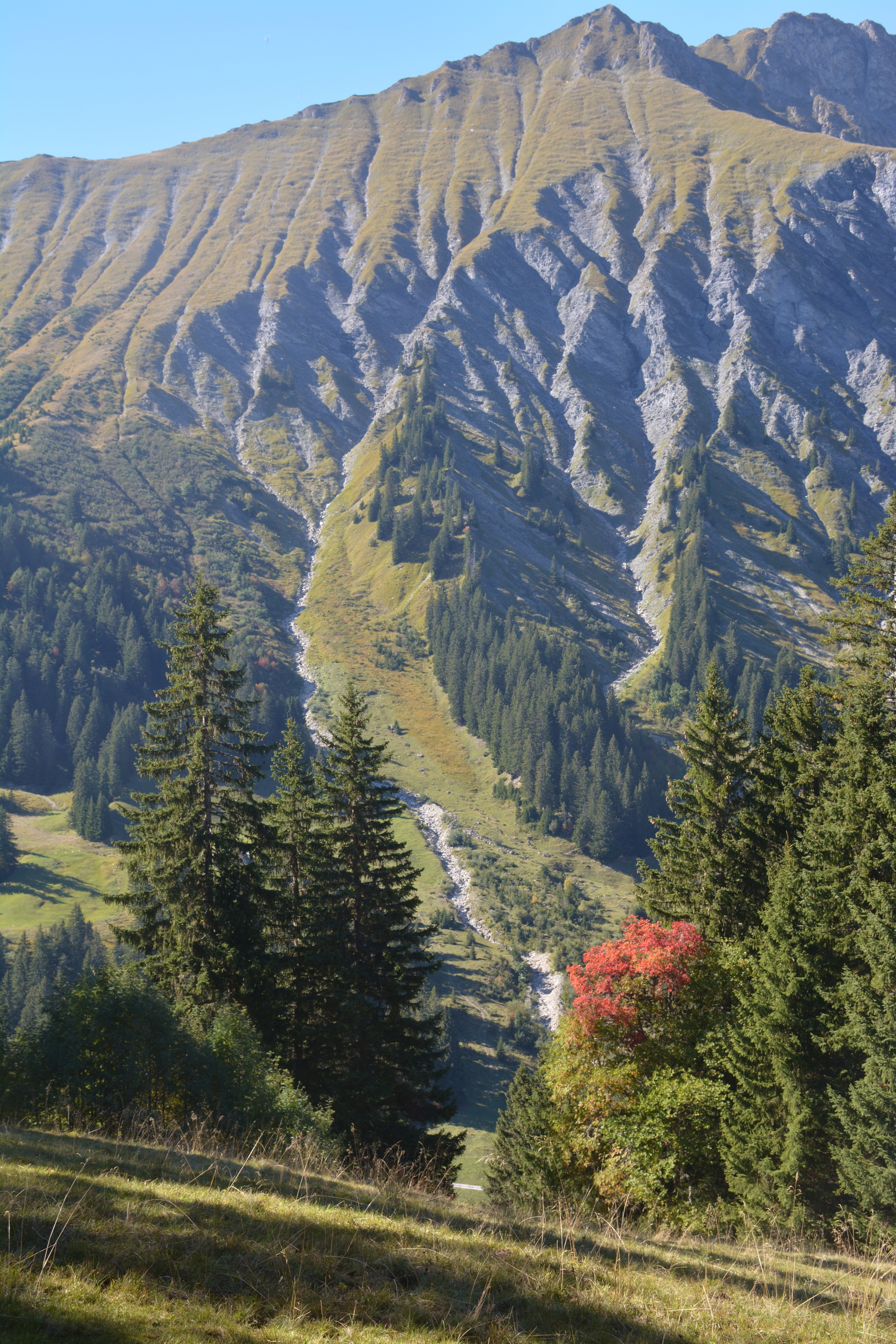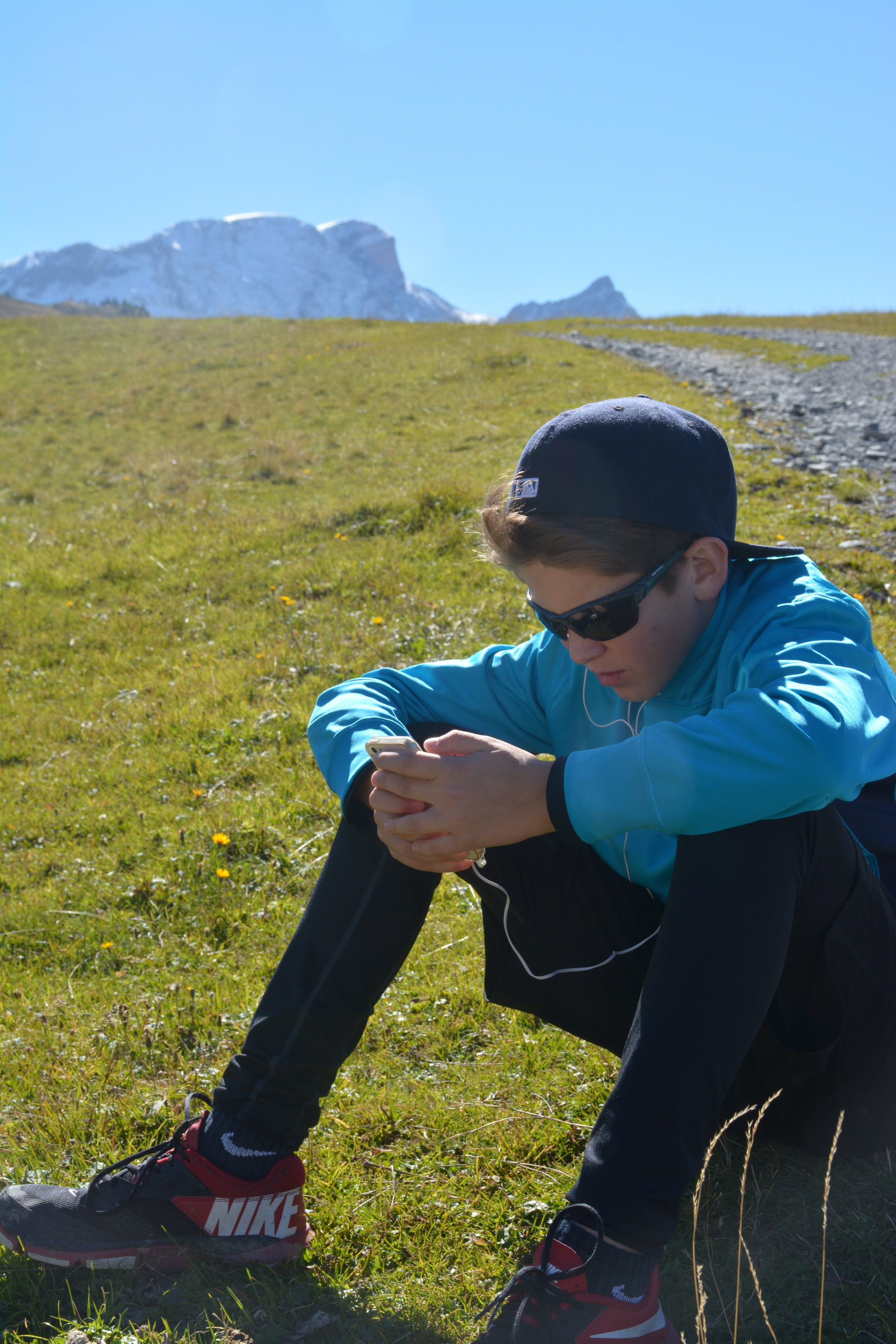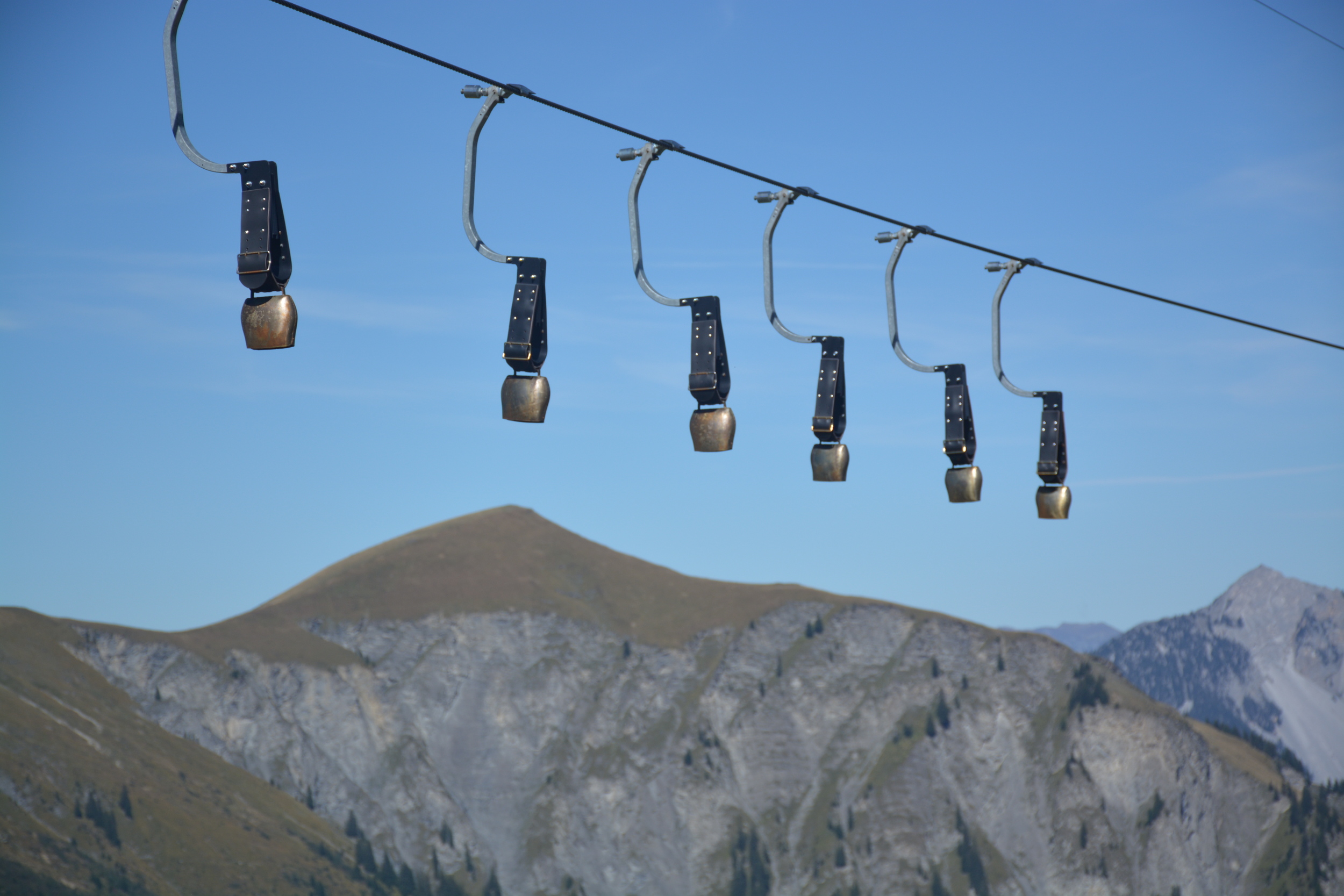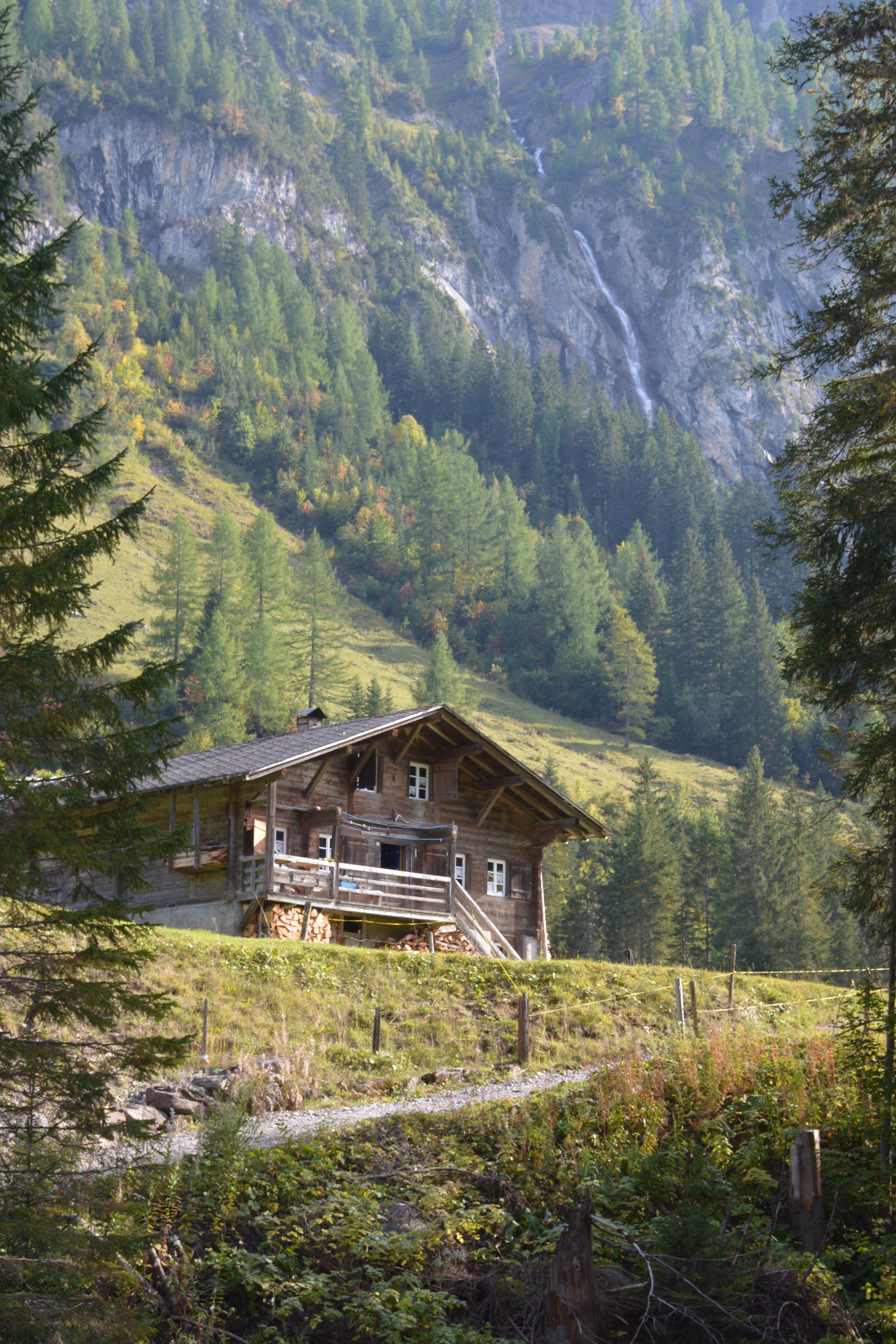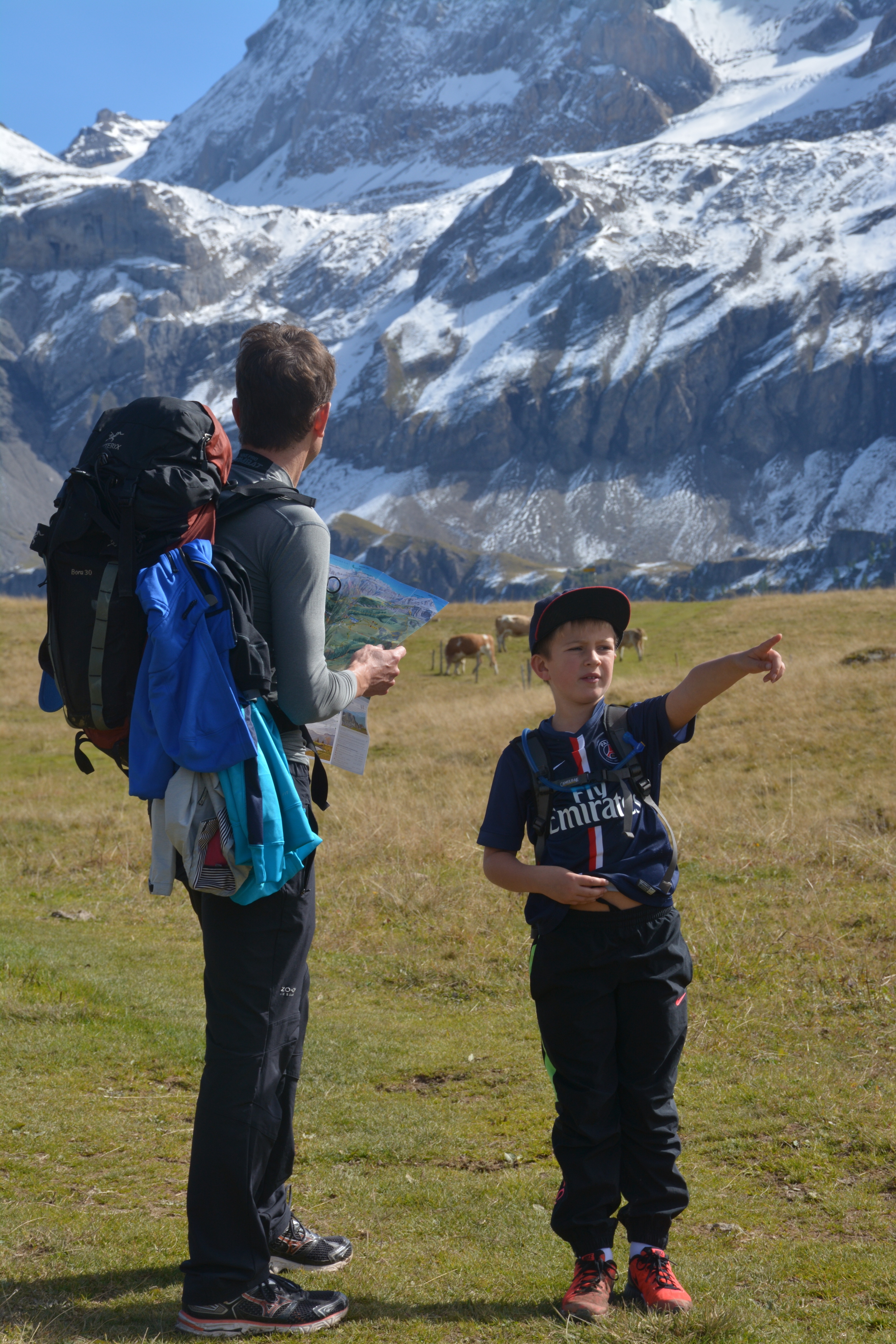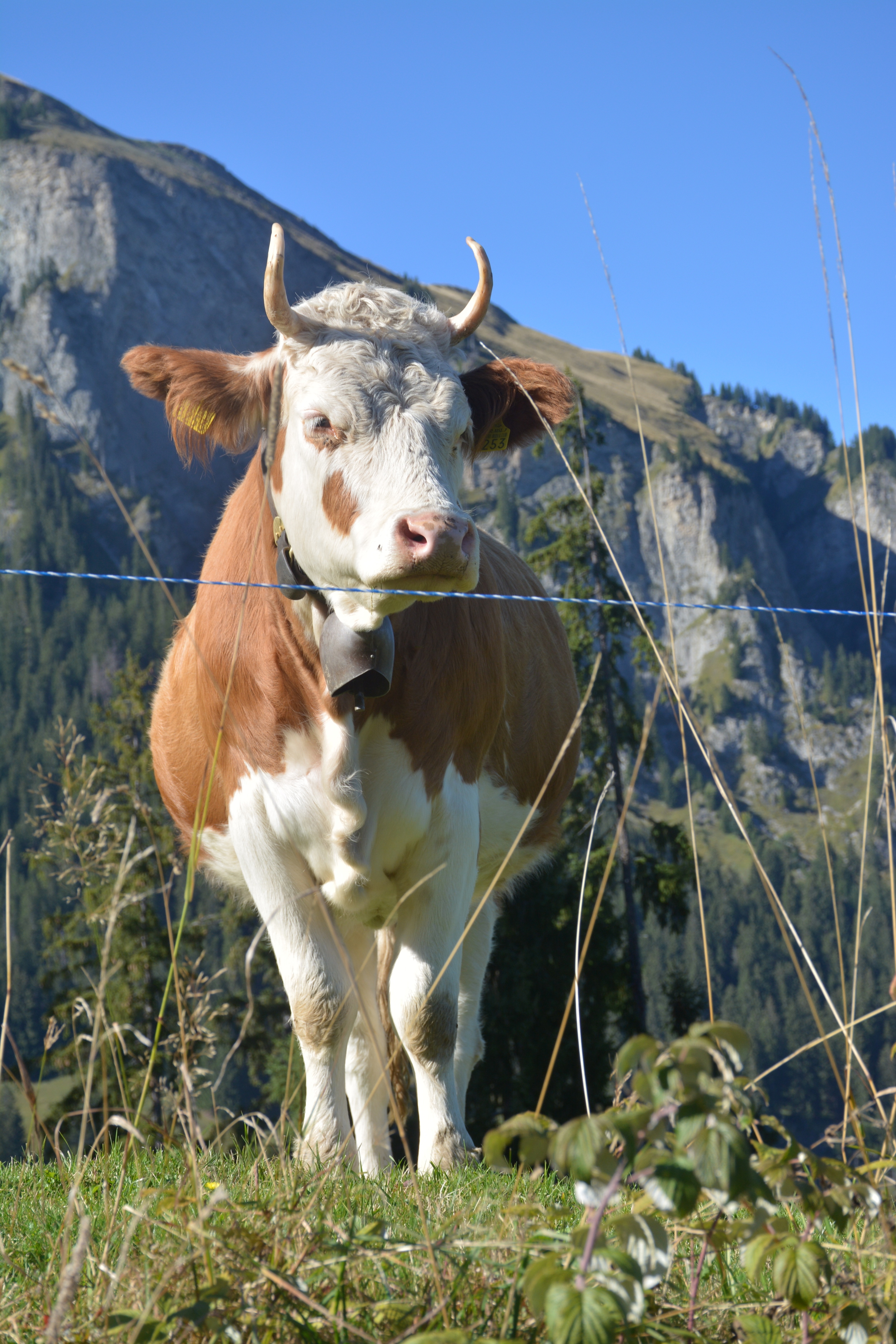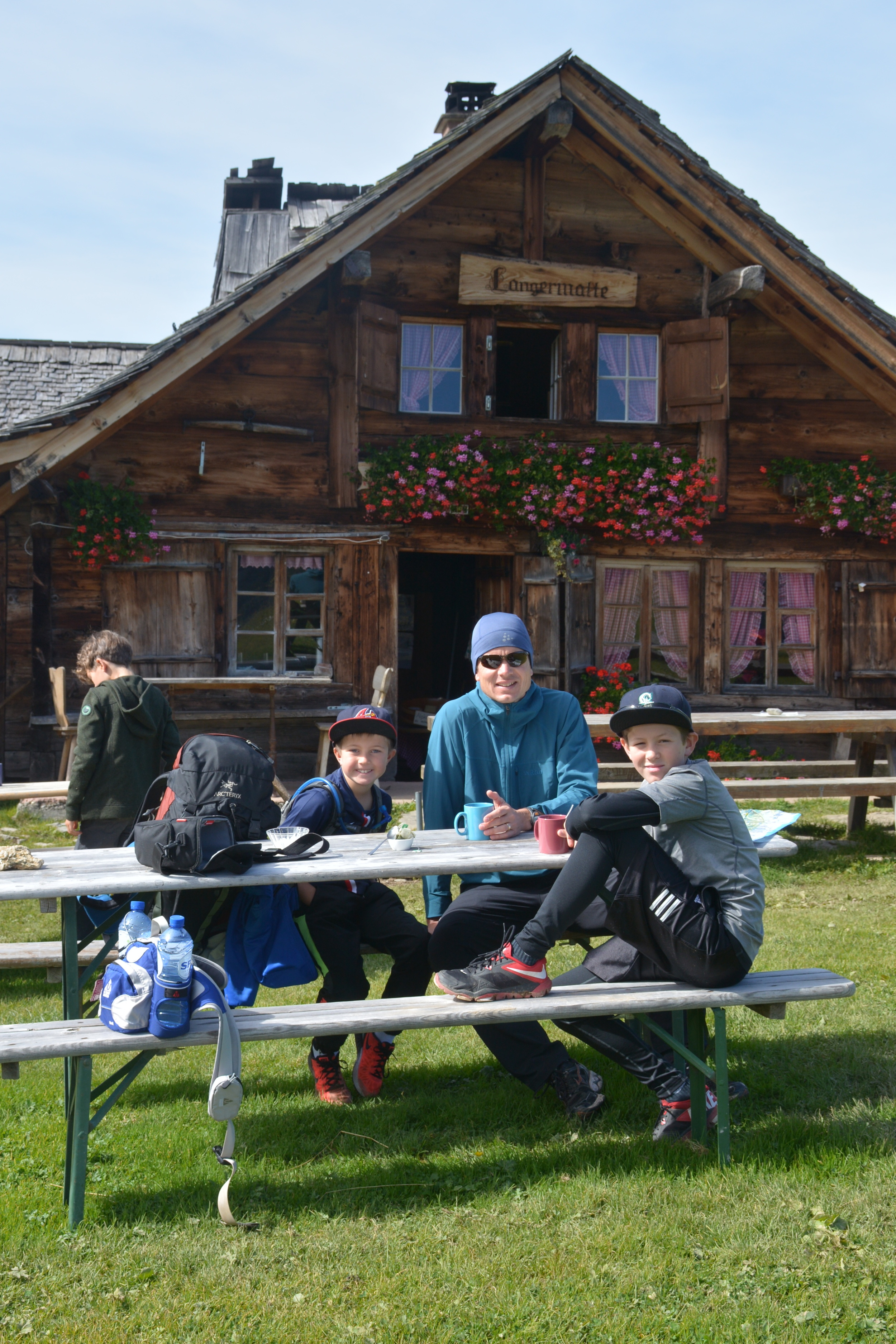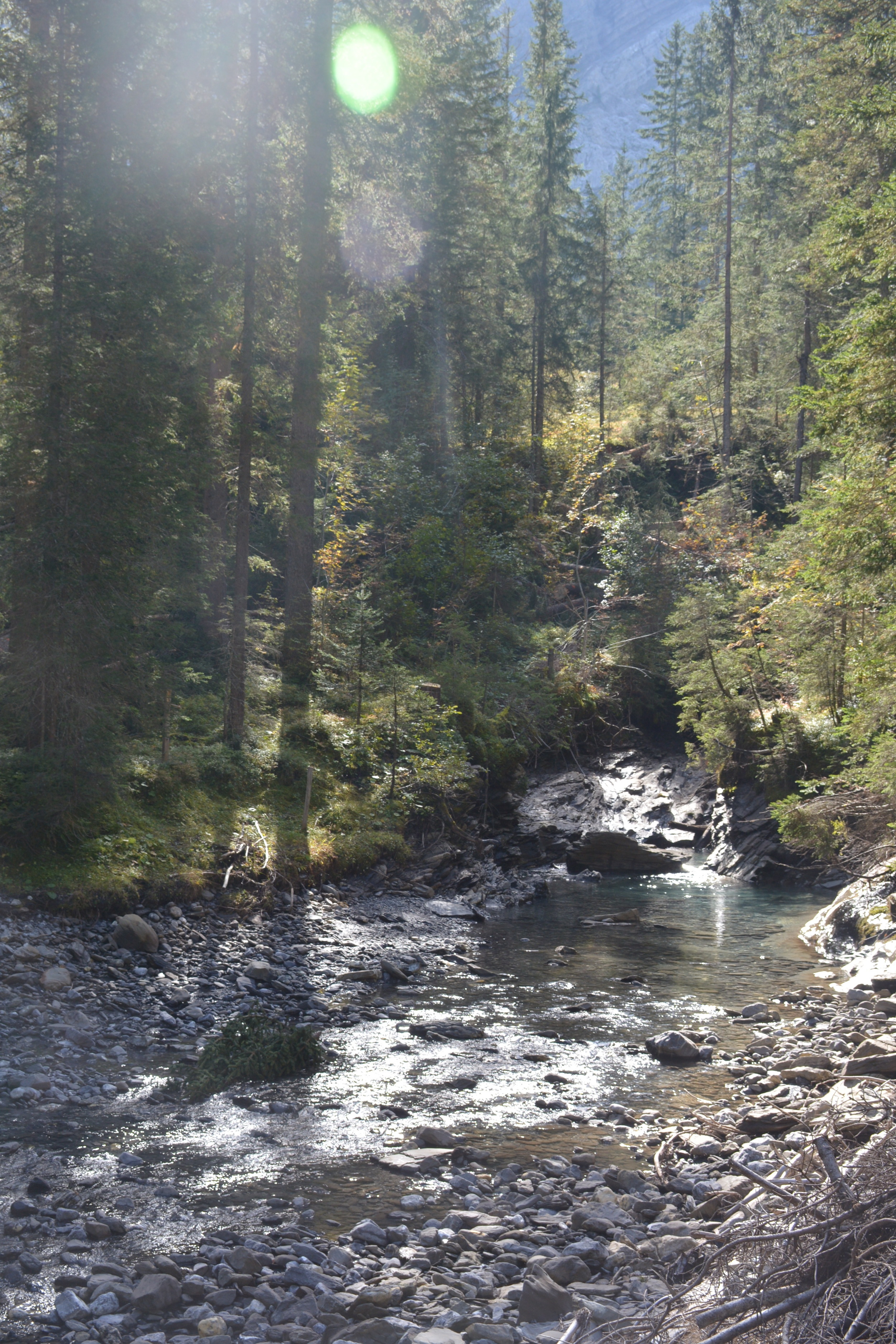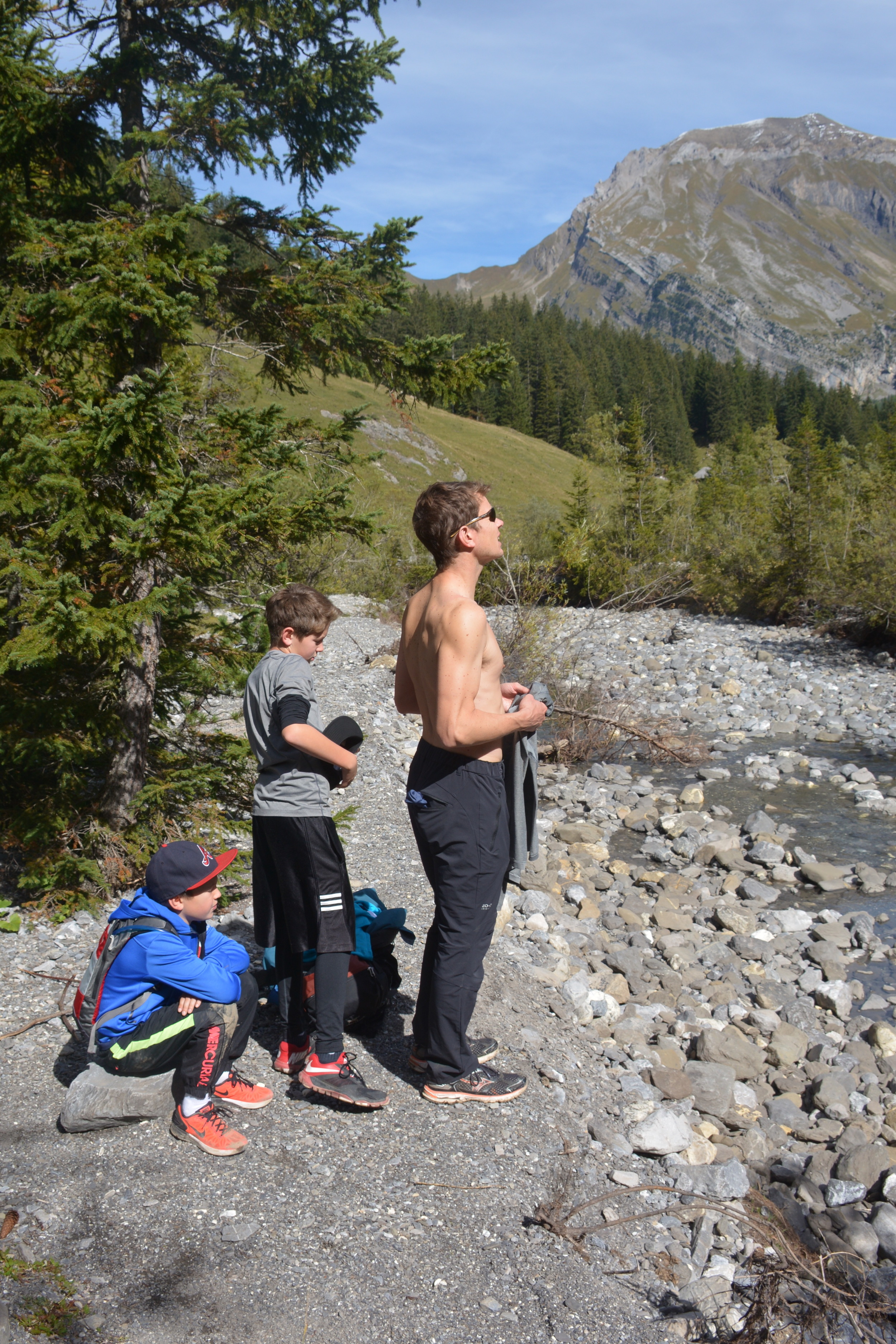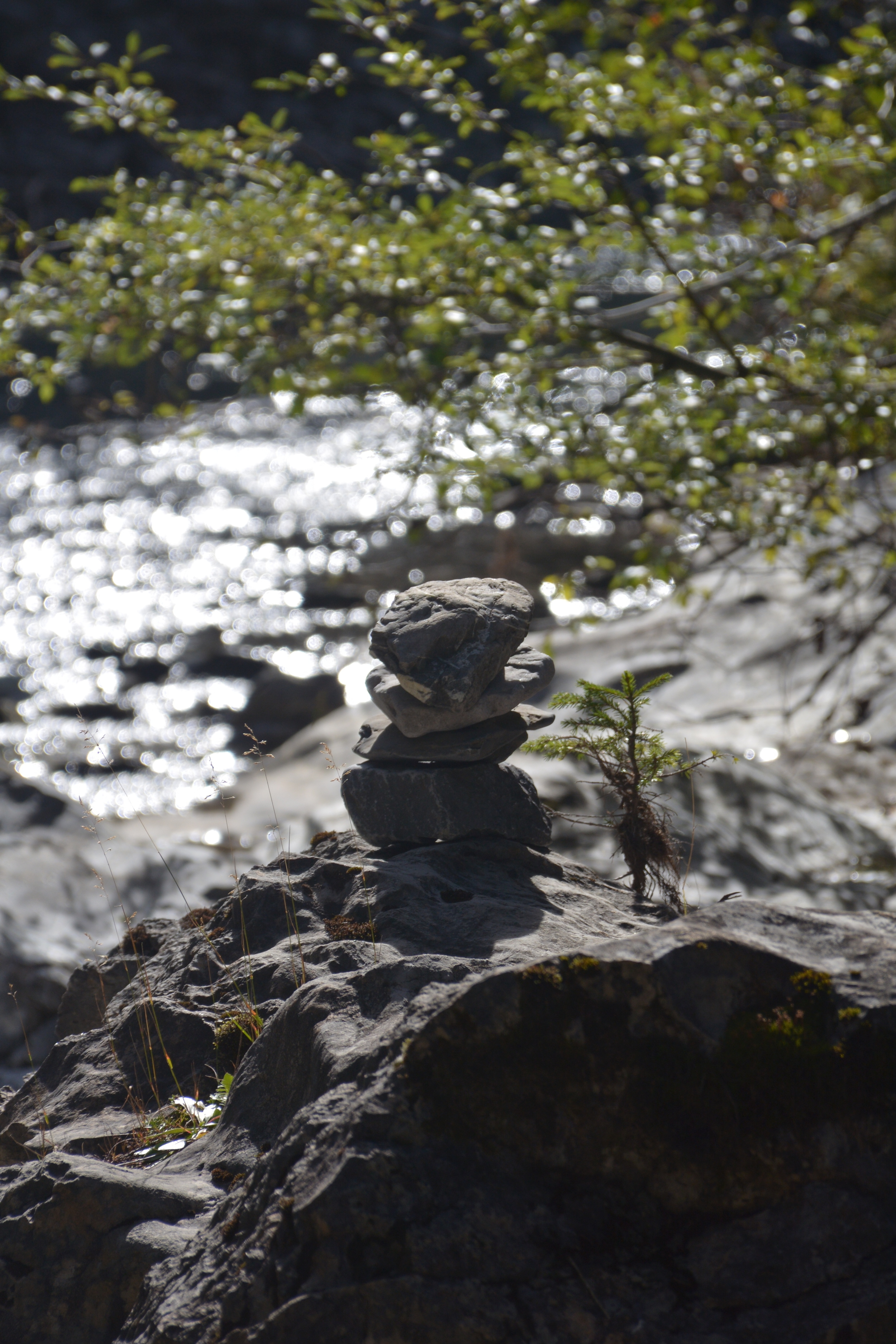I haven't been to Cornwall but I read somewhere that Puglia is like the Cornwall for Italians. With 800km of beach-lined coast, in the last 10 years Puglia has become a hot destination for for the Italian socialites in summer. Our boy's research informed us that Justin Timberlake got married in Puglia, not Tuscany or Lake Como, three years ago. Like our trip to Croatia last October, we decided to chase the last of the sun (Puglia is further south than Naples) and explore Puglia during the quieter shoulder season which aligned with our school Fall Break (October 31-November 8.)
We loved the time of year for our visit and the warm mid 60 degree weather but if we were to advise others who are coming from further away, we’d recommend you plan your trip to Puglia sometime before November 1 (All Saints Day) which seems to be the official day that things start shutting down. It didn’t detour us, but many of the towns were dead and we needed assistance in finding open restaurants. Late September and all of October would be ideal.
To get to Puglia, you can fly into either Bari or Brindisi. Neither are particularly interesting cities to visit but they are easy in and out places to fly into. You will definitely need to rent a car to explore the area. We stayed first outside of Fasano which has a number of interesting hilltowns to visit (or read in, see photos below): Ostuni, Locorotondo, Martina Franca and Pogliano a Mare were white-washed charm even with the quiet.
We ended up in Martina Franca on a Sunday night when the whole well-dressed town seemed to be out for a Sunday evening stroll. Due to time, we skipped the “smurftown” of Alberobello with his unique cone roofed stoned houses and the limestone caves of Grotte Castellana in favor of hiking along the gorgeous coast of the Toree Guaceto Nature Reserve.
The second portion of our trip was further south in the "Salento" region near Otranto and Lecce. Otranto is a picturesque town with a harbor and castle and Lecce is a lively university town that is often referred to as the “Florence of the South.” Lecce was still buzzing even in November but Otranto wasn't at full capacity. Here there are fewer small hilltowns to visit but Otranto and Lecce could keep you busy for a few days. With a more accessible coastline, there is a spectacular drive (and potential bike route) following limestone cliffs from Otranto to Castro. Of the two areas, we'd give the nod to the Salento region (also a wine region.)
Puglia is filled with beach clubs in the summer, kite surfing is big, and it would be a fantastic place for a cycling trip. We met one couple from New York who were bicycling when we were there and it's ideal given the terrain and the sprinkling of guest houses.
More than other places we’ve visited, I would highly recommend you plan your visit around where you want to stay. Southern Italy is filled with these charming “Masserias” which are farmhouses that were built to function as self-sufficient communities but now have been converted into guest houses. There is a huge range of them, some of them double as spas and some of them double as agriturismos, some are in small villages but most are out in the country. Unlike a hotel, each Masseria has its own unique vibe and set of services so it’s worth hunting around until you find one that is “your speed.” We stayed in two of them. The first one near Fasano was fine but the second one Masseria Prosperi, outside of Otranto and Lecce was special.
Masseria Prosperi, a farmhouse with indoor and outdoor pool near Otranto and located 1.5km from the beach, opened two years ago by the wonderfully relaxed Mercedes (who speaks English) and her husband Antonio (who speaks the language of food.) You have to be comfortable with communal dining and like animals (it’s on a farm but think chic farm not hippy farm where your children and pets are very much welcomed). If you are a foodie, having Antonio cook a multi-course Puglian dinner set out on the terrace while you mingle with other guests – sending your children to bed upstairs when they are tired – is an Italian experience you won’t get visiting a big city. If you like a very quiet night of sleep, this may not be the place for you especially if all the rooms were occupied and you were staying in one of the two downstairs rooms.
There are six guest rooms (the two upstairs back rooms being the best) and it’s possible to rent out the entire house with a group of friends. The furnishings are nice but not at all fussy. The only person worrying about a trail of water from the indoor pool to the room will be an American mother. Service is attentive and always welcoming, tested by multiple cappuccino orders at breakfast. Don’t be discouraged by the lack of curb appeal when you first arrive at Masseria Prosperi because once you step inside and around to the back, you’ll forgive the tired, unloved property that sits in front of it. Mercedes' sister and mother run a more well-known nearby Masseria called Masseria Montelauro.
Other places to recommend:
- Borgo San Marco – a family-friendly 15th century Masseria with 18 rooms outside Fasano. Like Masseria Prosperi, one of 16 places to stay in the region recommended on i-escapes (my most reliable website for finding places to stay in Europe) and one we considered. We ended up staying at Masseria Alchimia instead which is more self-service but given the time of year and the "magic" of the guest house experience, I'd choose a more immersive Masseria.
- Le Capase Resort Salento – We drove by this resort which has a beautiful natural setting on the Salentine Peninsula. Prices look reasonable.
- Borgo Egnazia – a large, village sized Masseria with 63 rooms and the location of Justin Timberlake’s wedding outside Fasano. Recommended in this recent Conde Naste article which has 10 other Masserias to recommend (Masseria Prosperi among them) which would be an excellent read (and much more helpful than my post) if you were considering a visit.
Walks along the coastline are wonderful, perhaps even more in the off season where you often have the place to yourselves. If you go, we'd recommend:
- Beach walk along Toree Guaceto Natural Reserve north of Brindisi or a sandy beach mixed in with rocky coves. No beach clubs or services except for trash cans.
- Baia dei Turchi public beach north of Otranto (probably very crowded in summer)
- Torre Sant’Andrea north of Otranto (the link here is for a listing of many other beaches in the area.)
- Along the Salentine peninsula between Otranto and Castro.
The food in Puglia with it's focus on fish and greens is the best we've had in Italy so far. Before Antonio's cooking, we were given excellent lunch and dinner recommendations by the woman who owned the first Masseria near Fasano. The best of those were:
- Il Punto, an elegant fish restaurant on the water in the ugly - and I mean ugly- town of Torre Canne. One of the only times traveling when we arrived embarrassingly under-dressed for Sunday brunch.
- Il Cortiletto, an unassuming place in the small town of Speziale, where you get a 9 course antipasta feast before the main dish. A truly special dining experience worth going out of the way for.
- Chichibo, a typical large well-established fish restaurant serving locals and tourists in the heart of Polignano.


